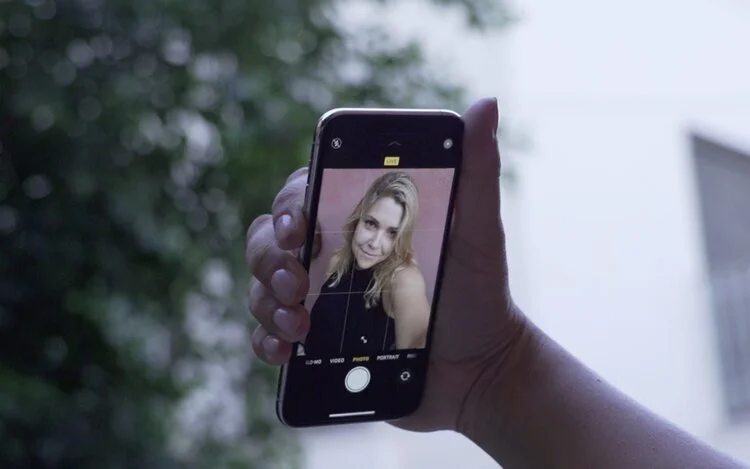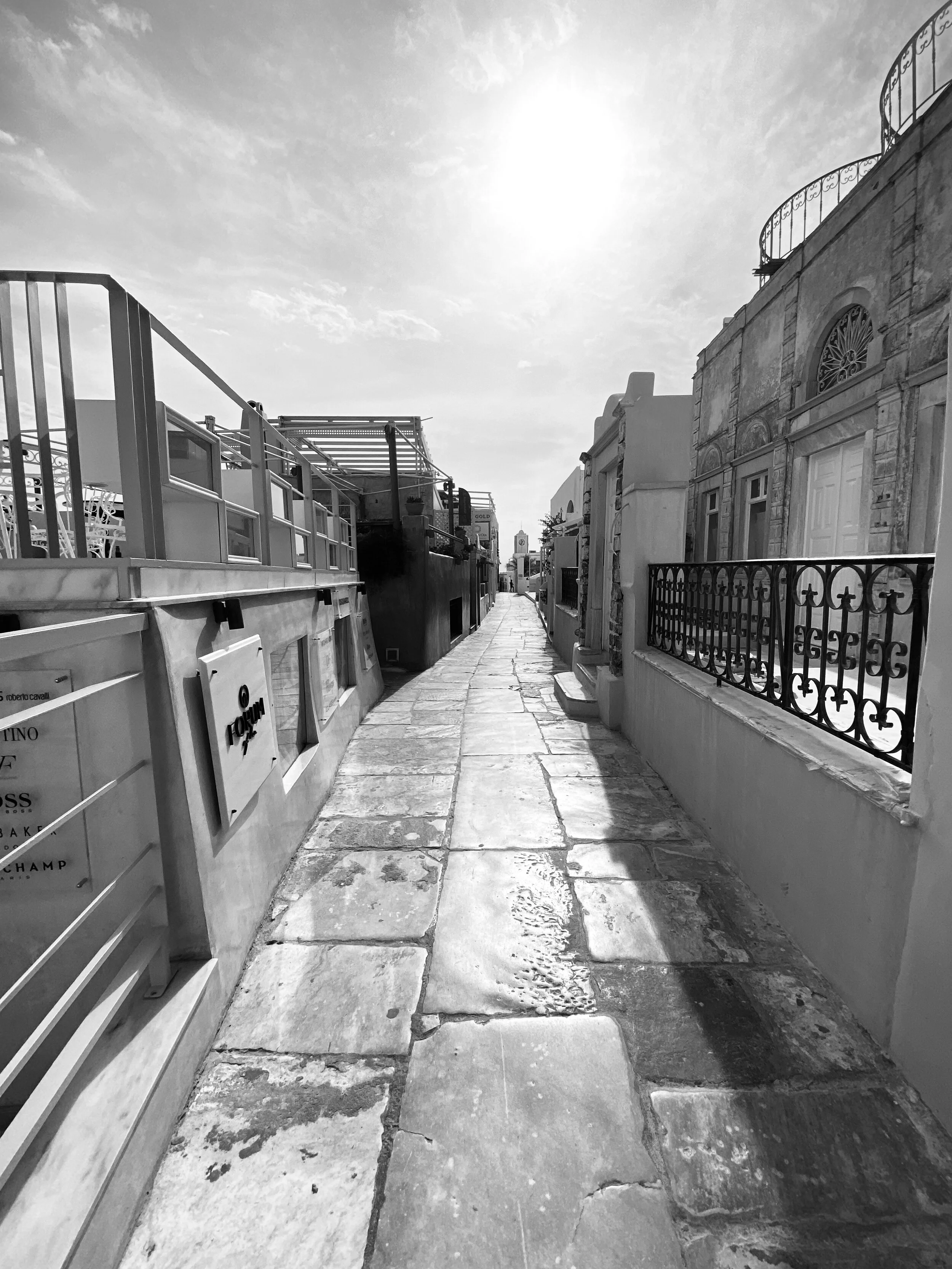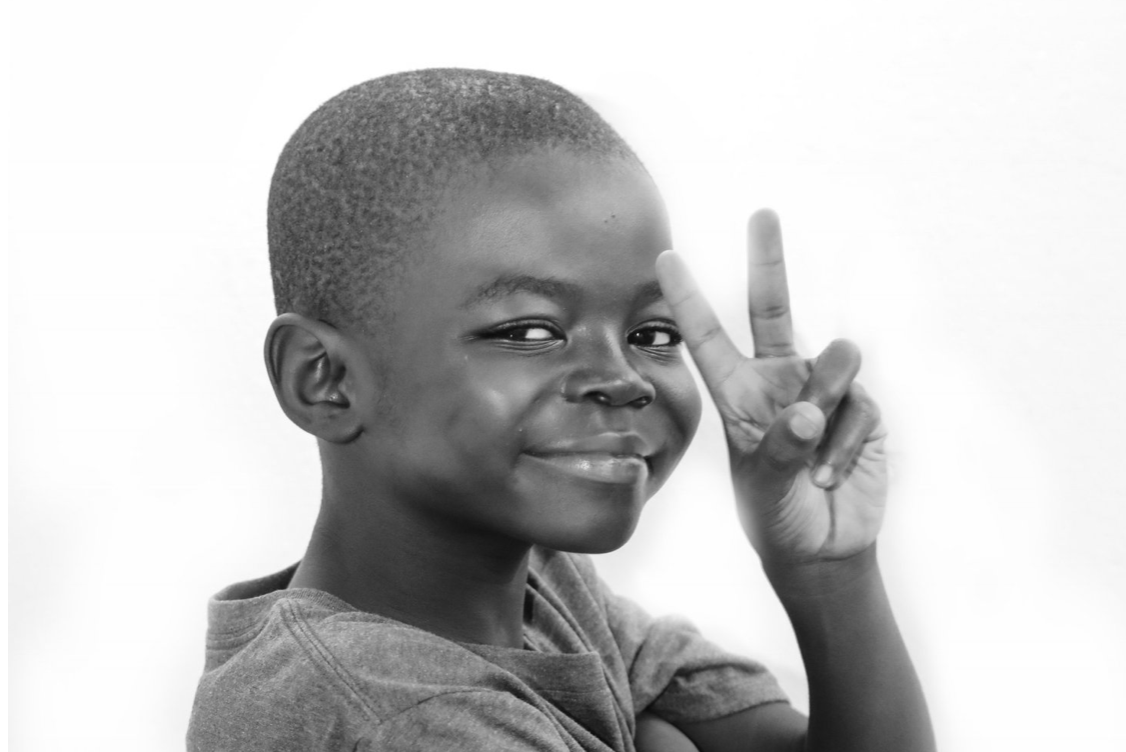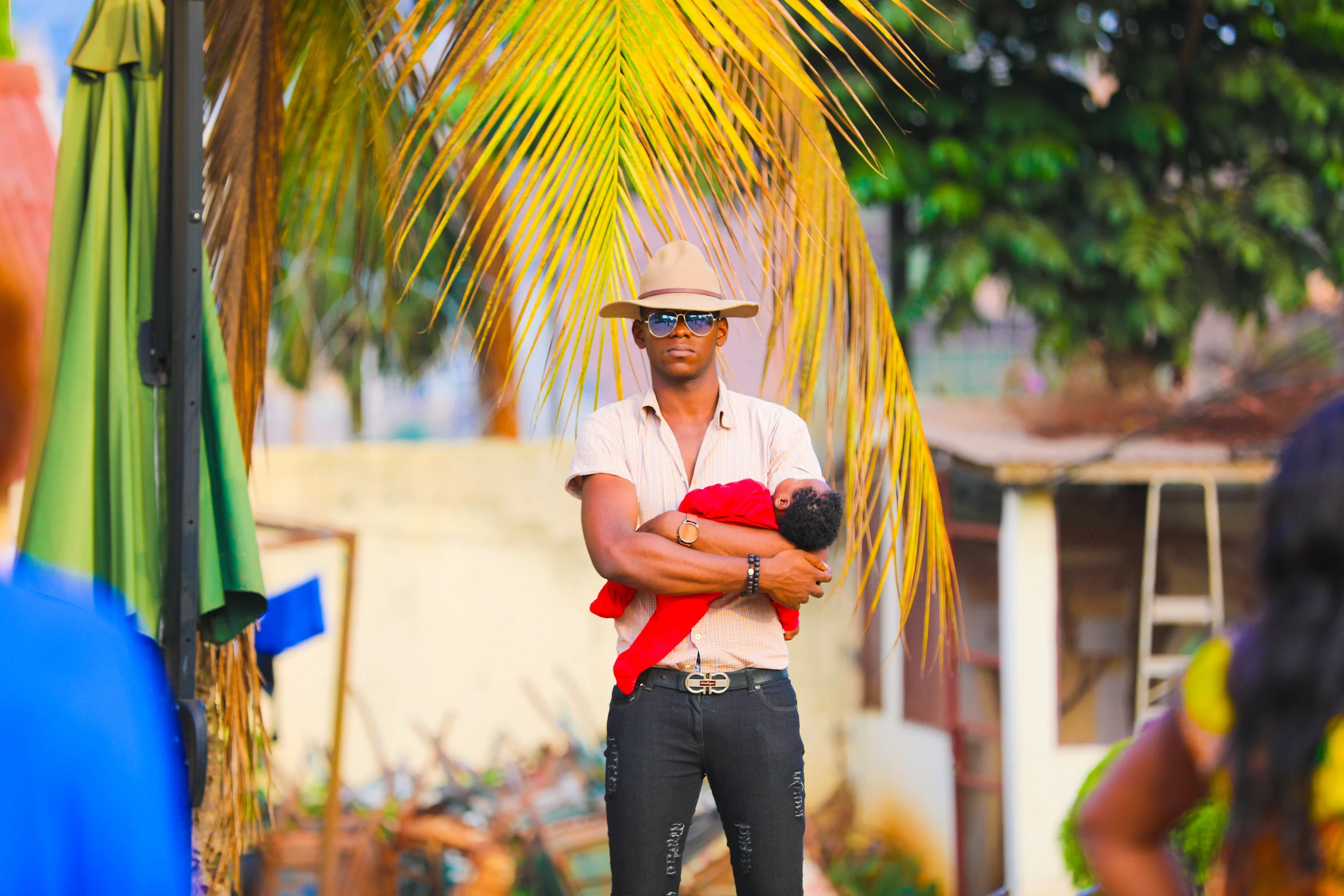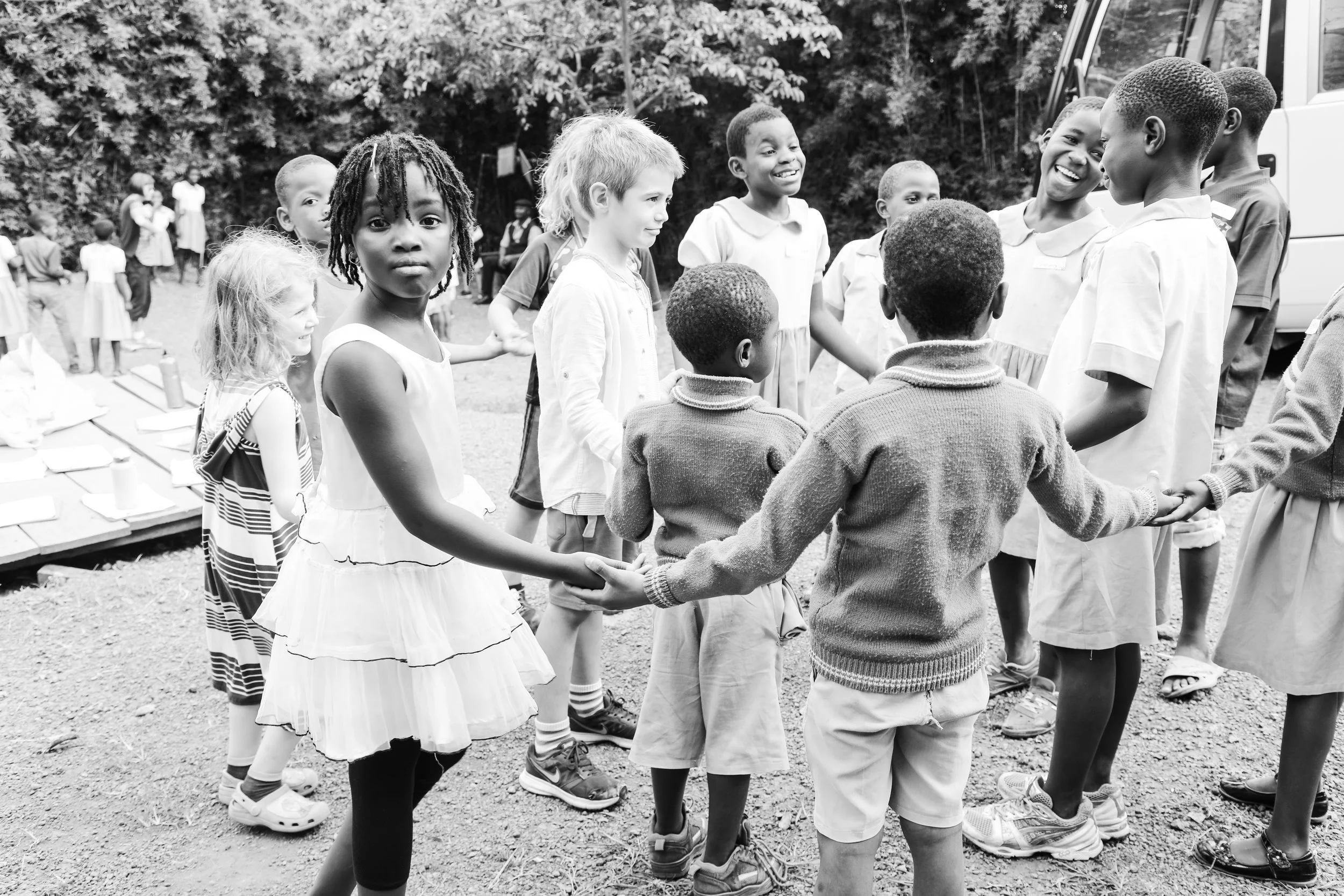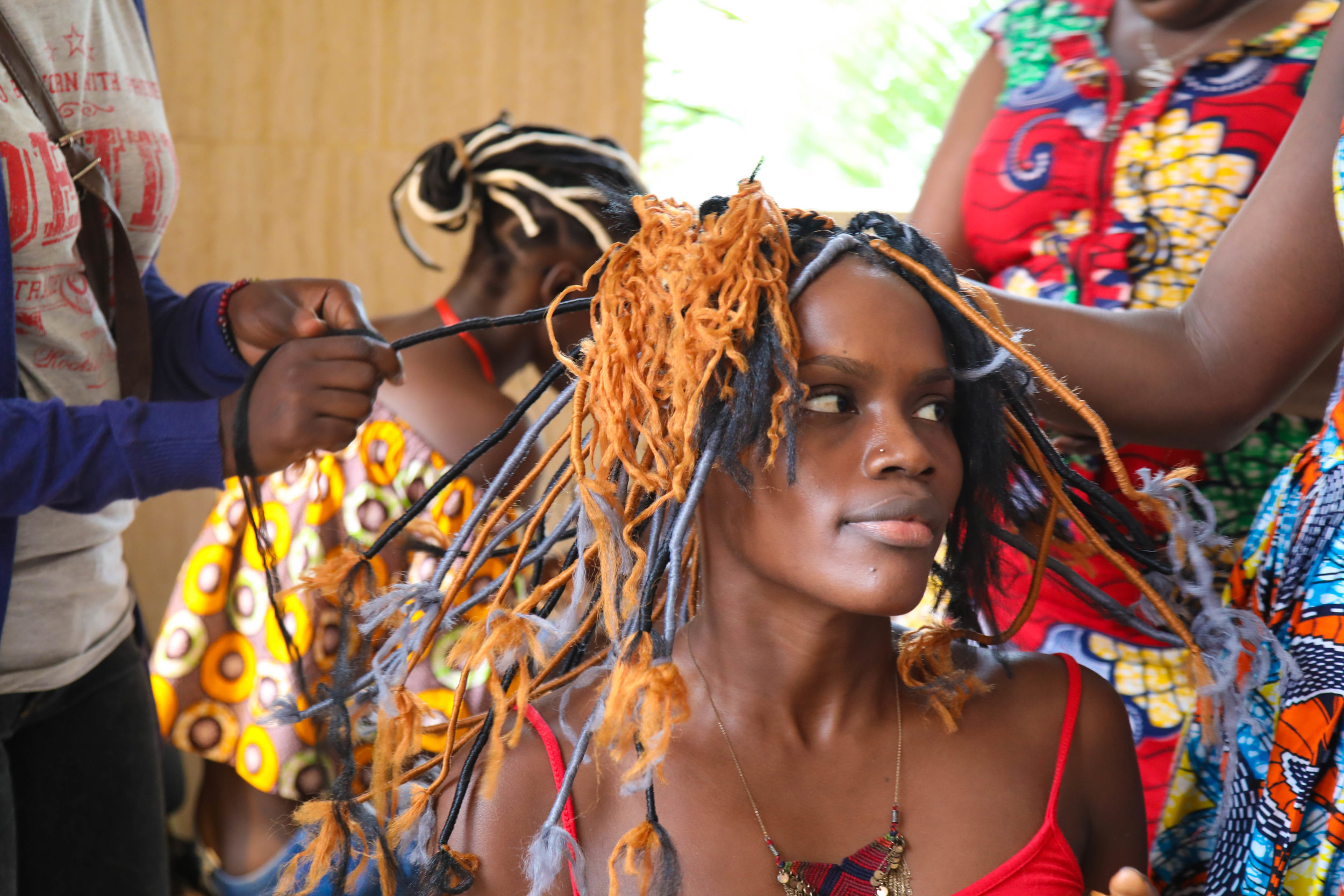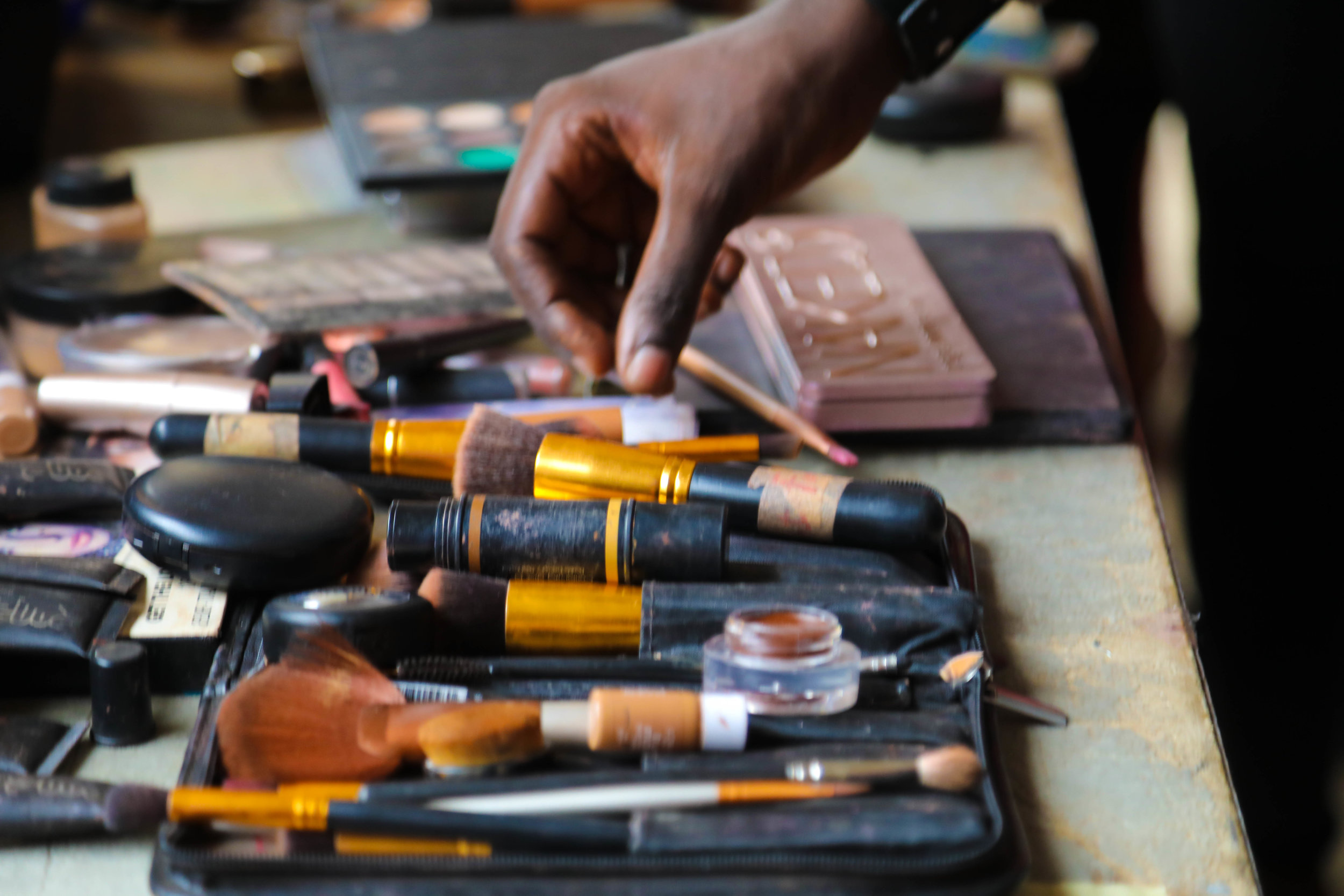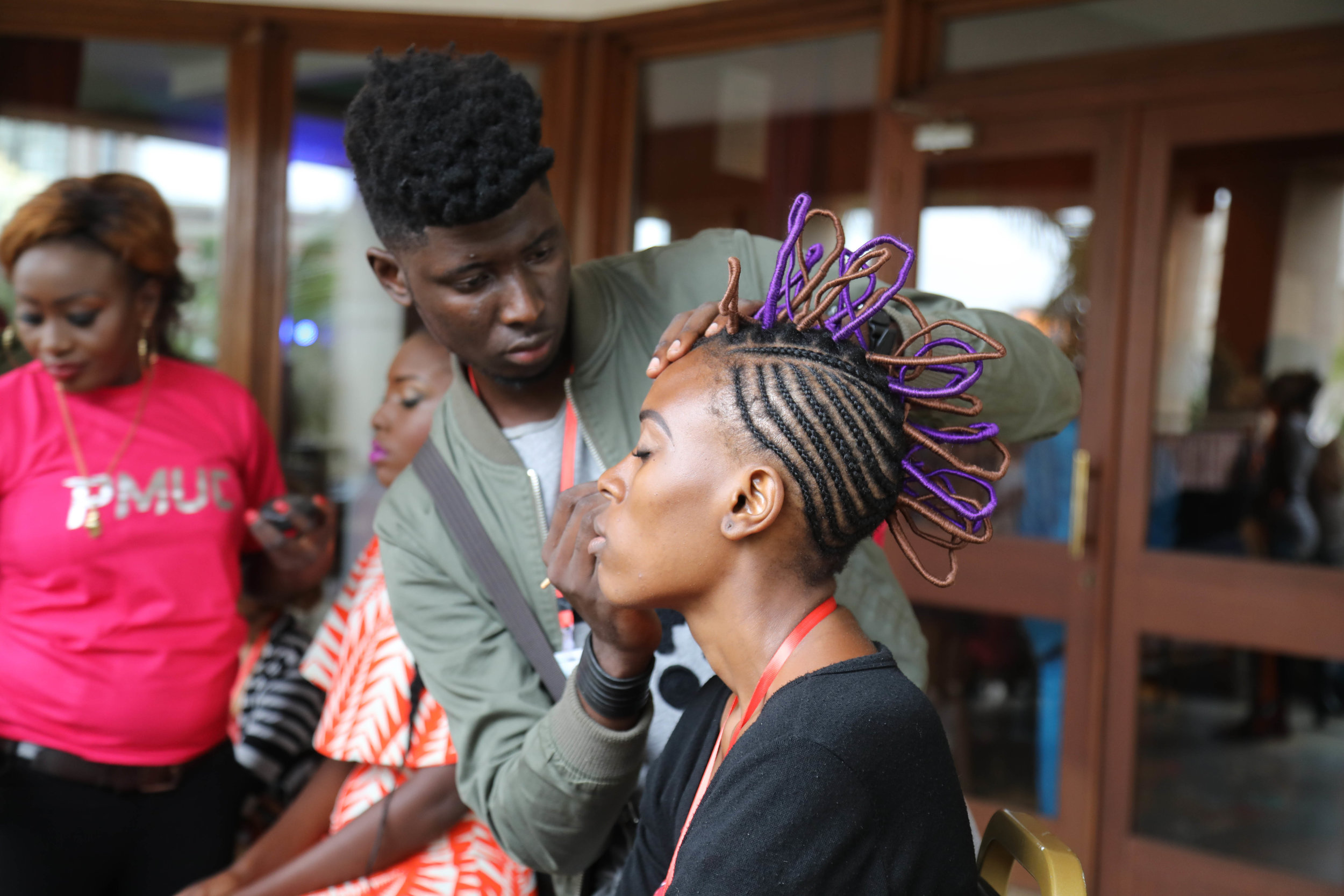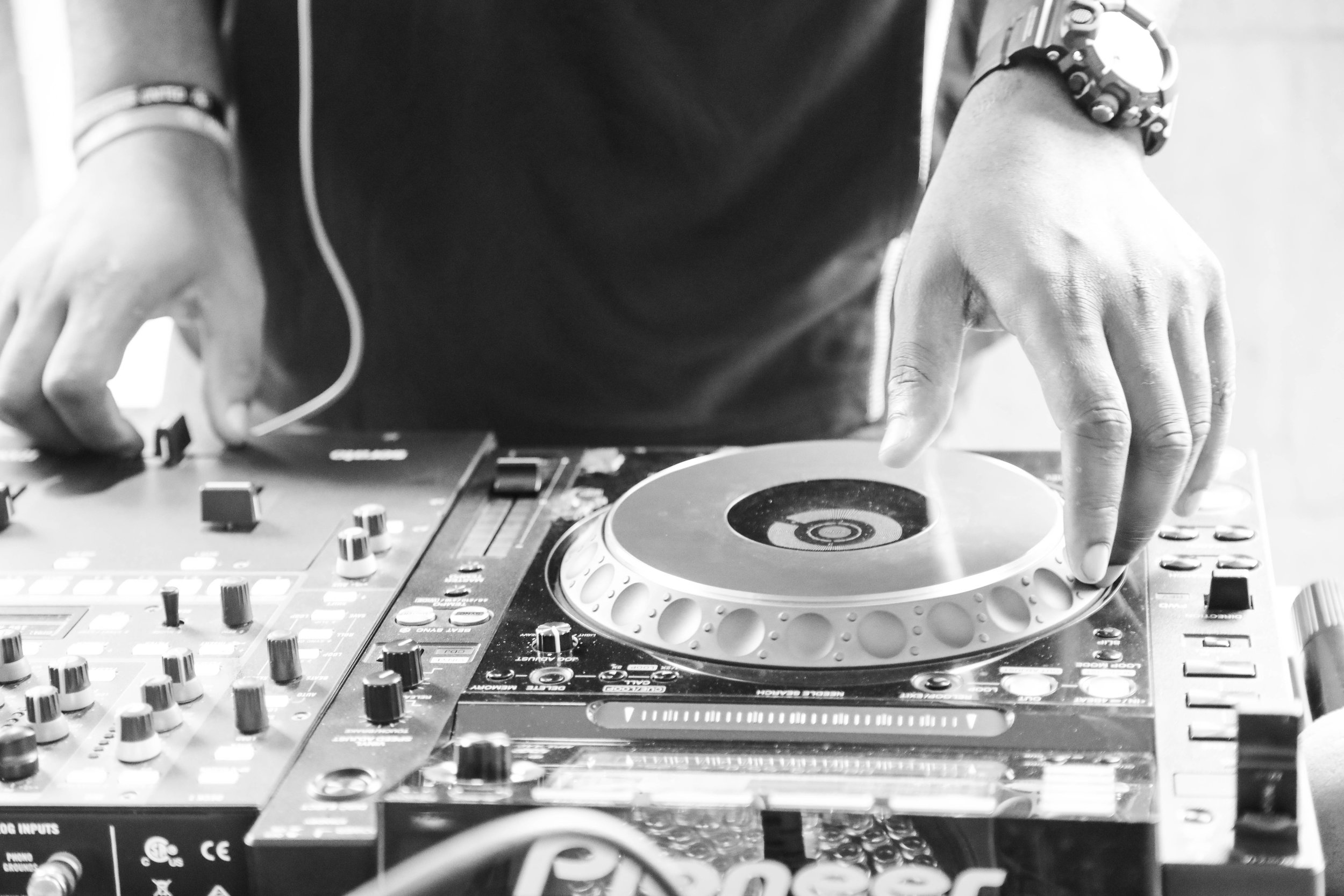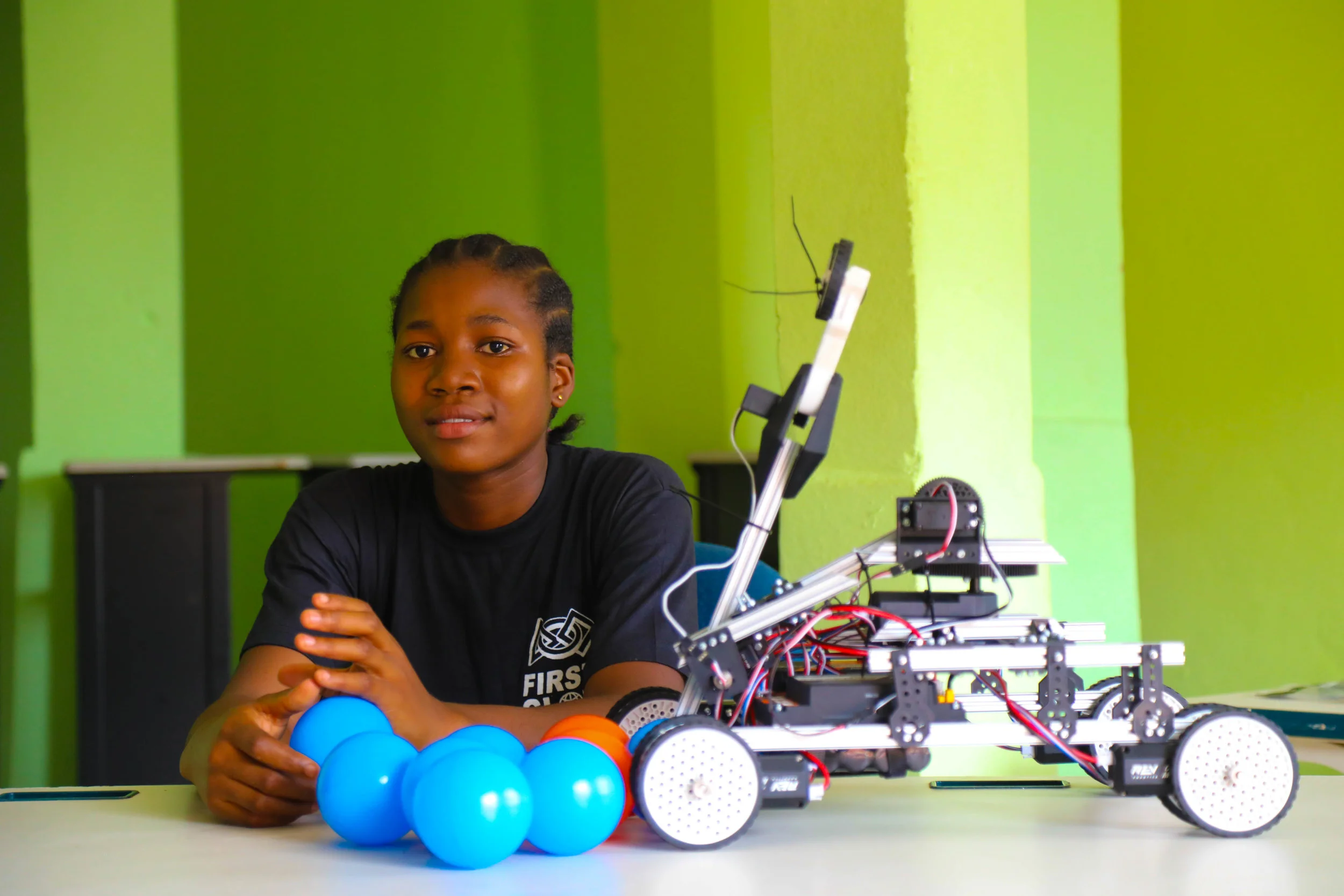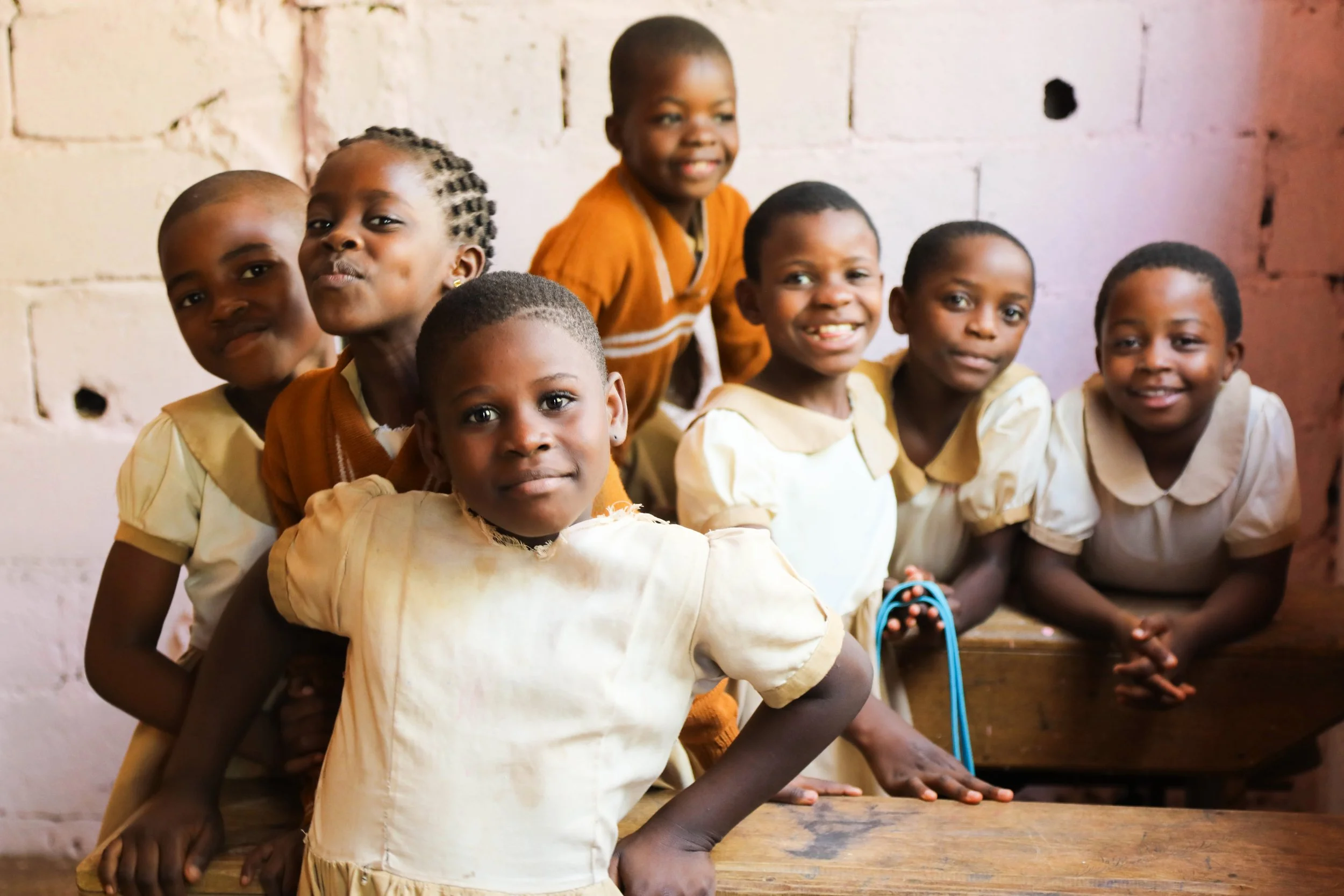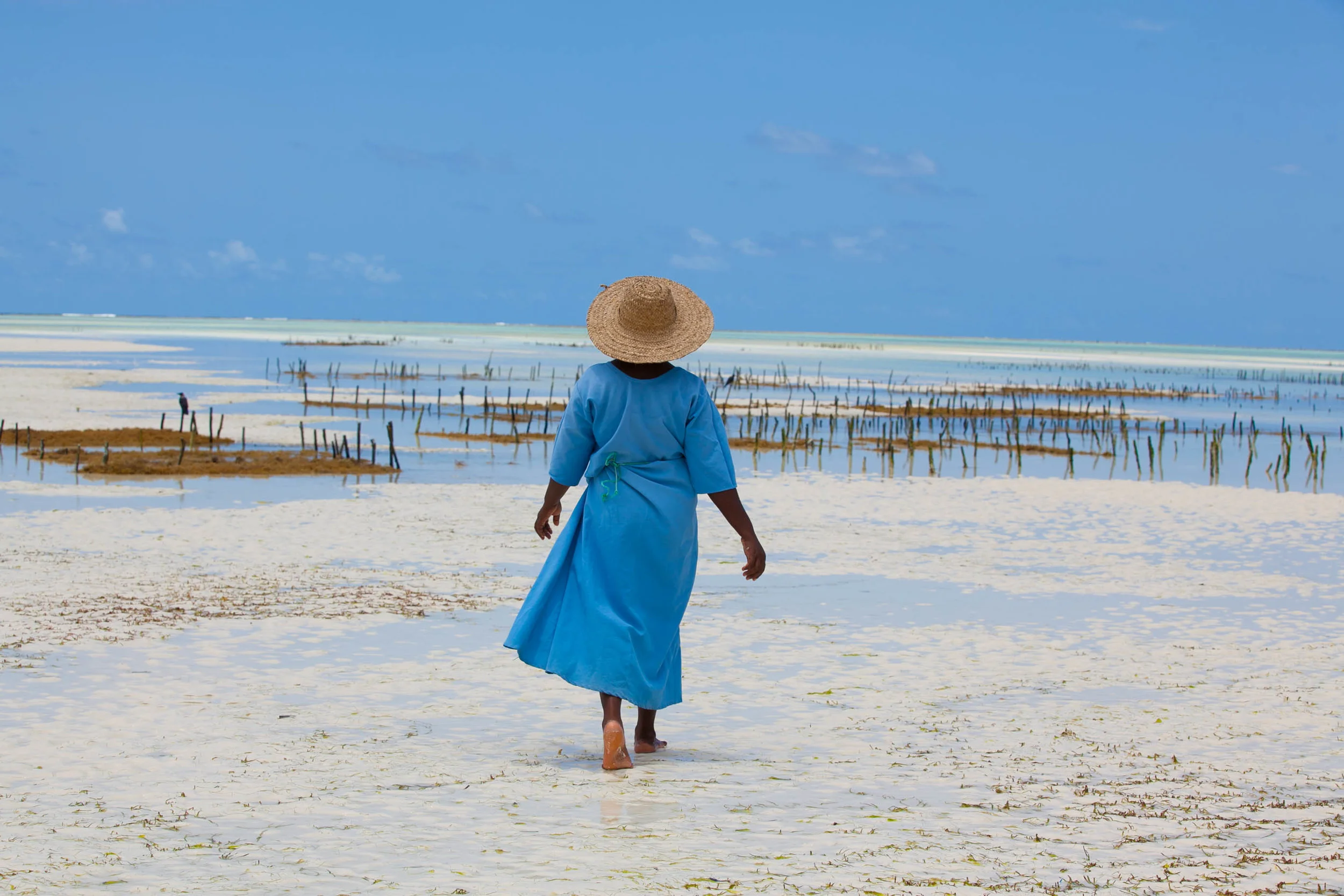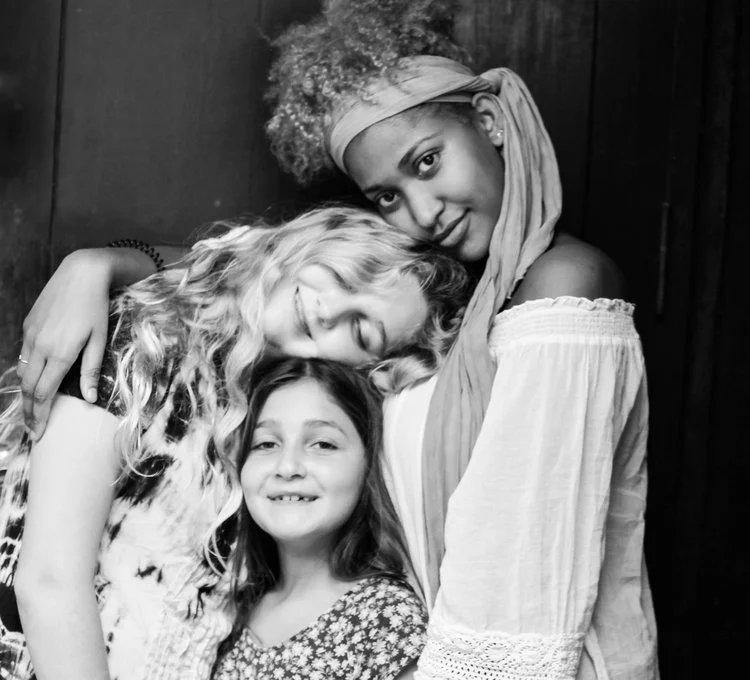Taking selfies can be a great exercise in both self-discovery and honing your photography skills.
I’ve captured a lot of incredible stories over the years using a tool that I’m forever carrying in my purse or pocket—my phone!
A global pandemic doesn’t mean putting your photography on hold.
Kendra is three month old and was born with a cleft lip. Globally, an estimated 1 in every 700 children is born with a cleft lip and/or palate.
Stephane is all of us. His success story is thanks to a whole community which got together to save a little boy selling avocados with a terrible congenital condition called Hirschsprung syndrome.
Jamila is a refugee from the Central African Republic (CAR). She lives in a refugee camp in the east of Cameroon with her 3 year old twin girls.
The Centre de Createur de Mode au Cameroun, short CCMC, organizes each year an intense 4 month full time fashion design training for a selected group of candidates.
It is all about the perspective.
Early December it was the annual Mr. Cameroon election night. Fourteen young, handsome guys were competing for the precious title.
As part of their unit of inquiry (UoI) "Who we are", 19 second grade students at the American School of Yaounde (ASOY) have been studying the body systems.
For the past eight years the "Centre des Créateurs de Mode au Cameroun" short CCMC has been organizing an annual fashion week in Cameroon's capital Yaoundé.
This year's theme was Afro Punk. It is a week where the central african fashion world comes together, a platform and a series of events for like minded people to exchange ideas, grow and develop the fashion industry in Cameroon and beyond as an economic power.

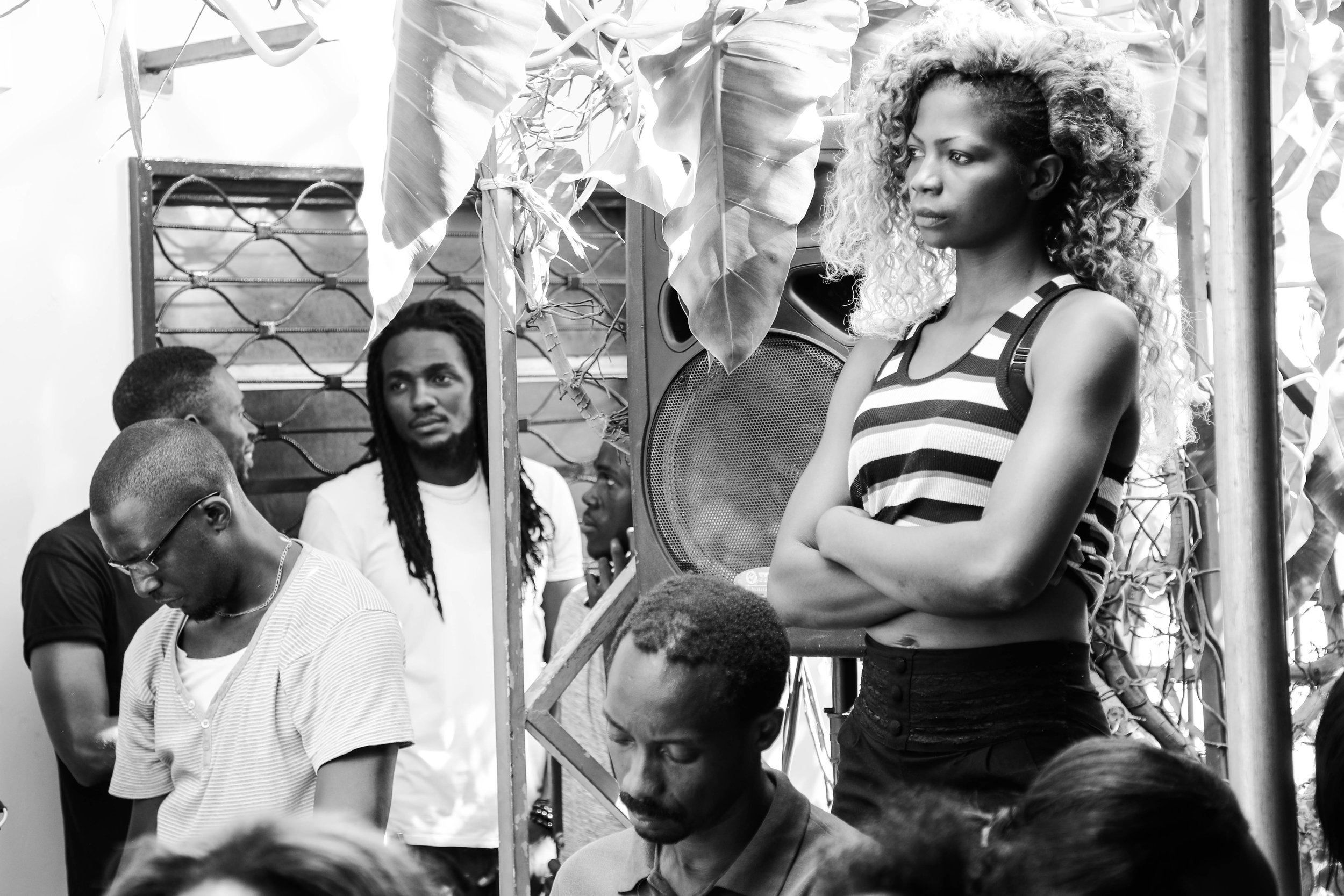

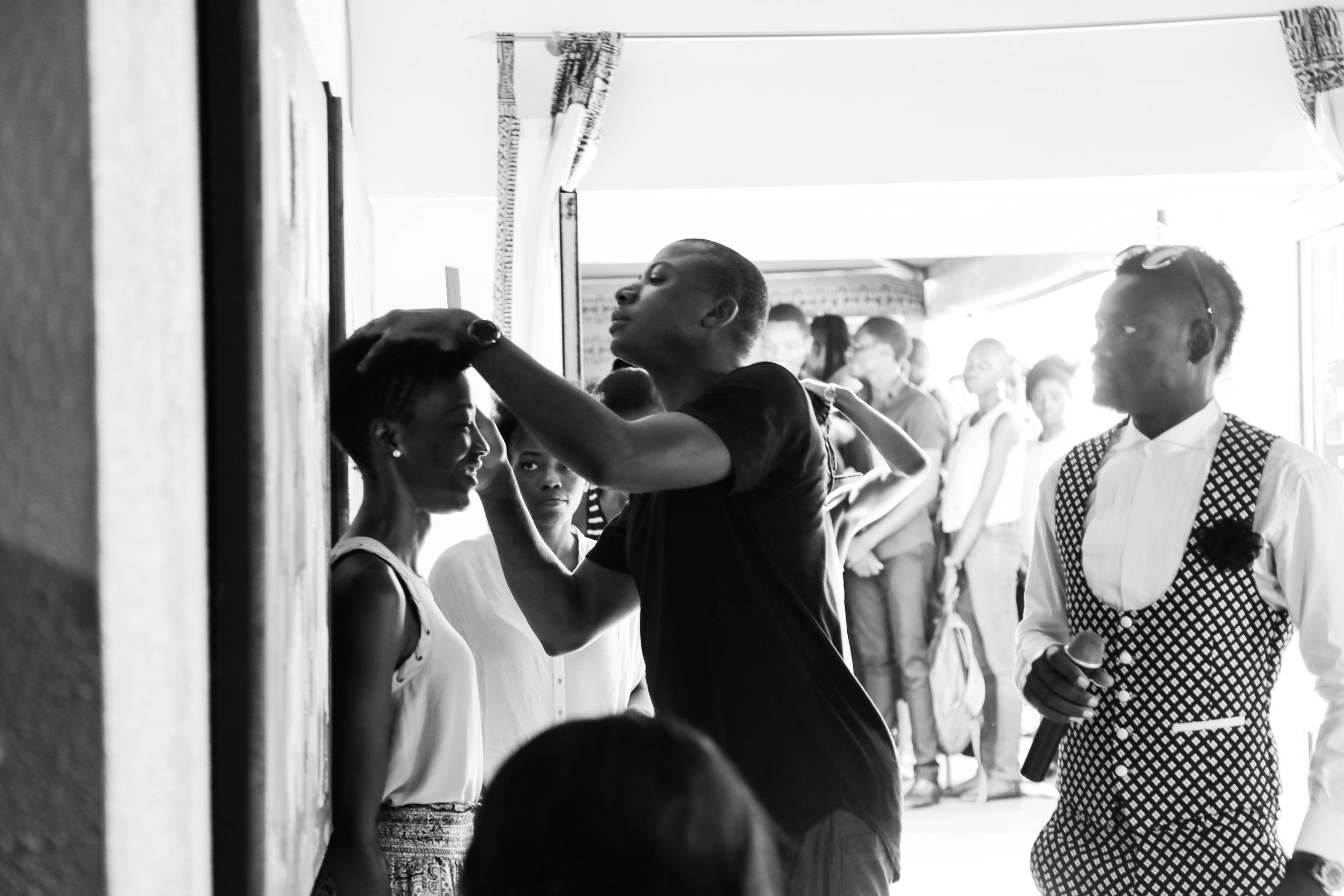
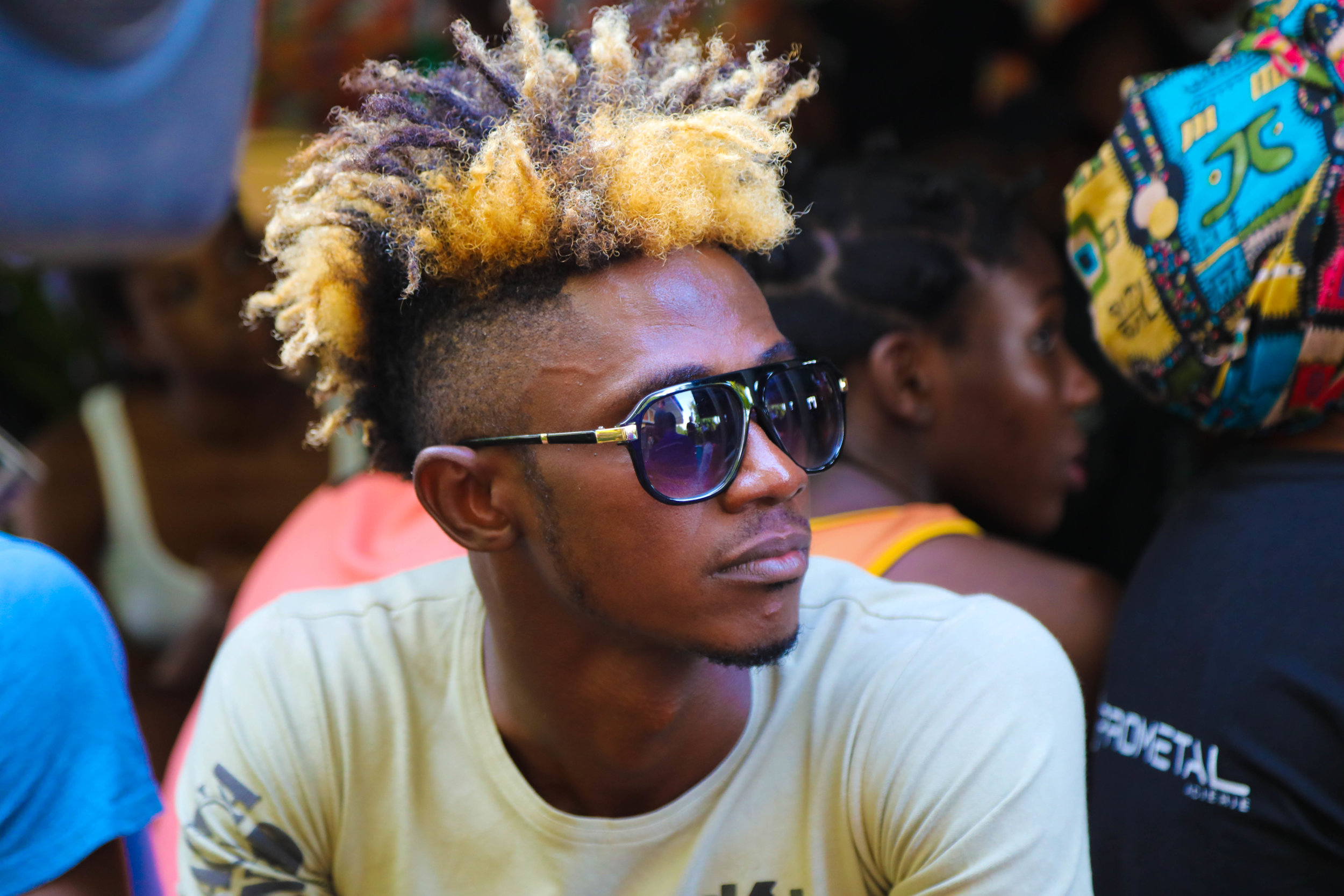
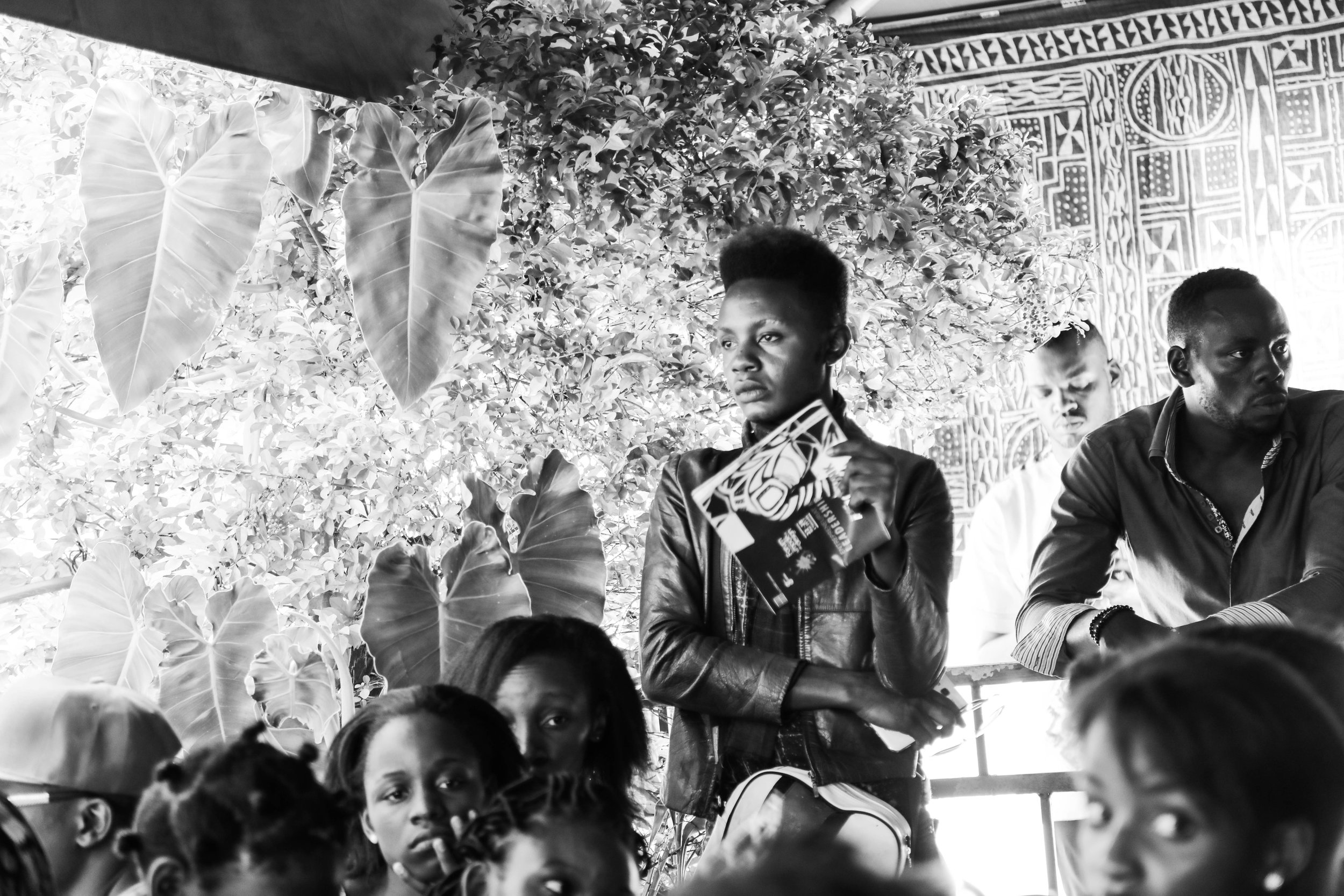
A lot of models are coming to the casting call, only thirty are selected.
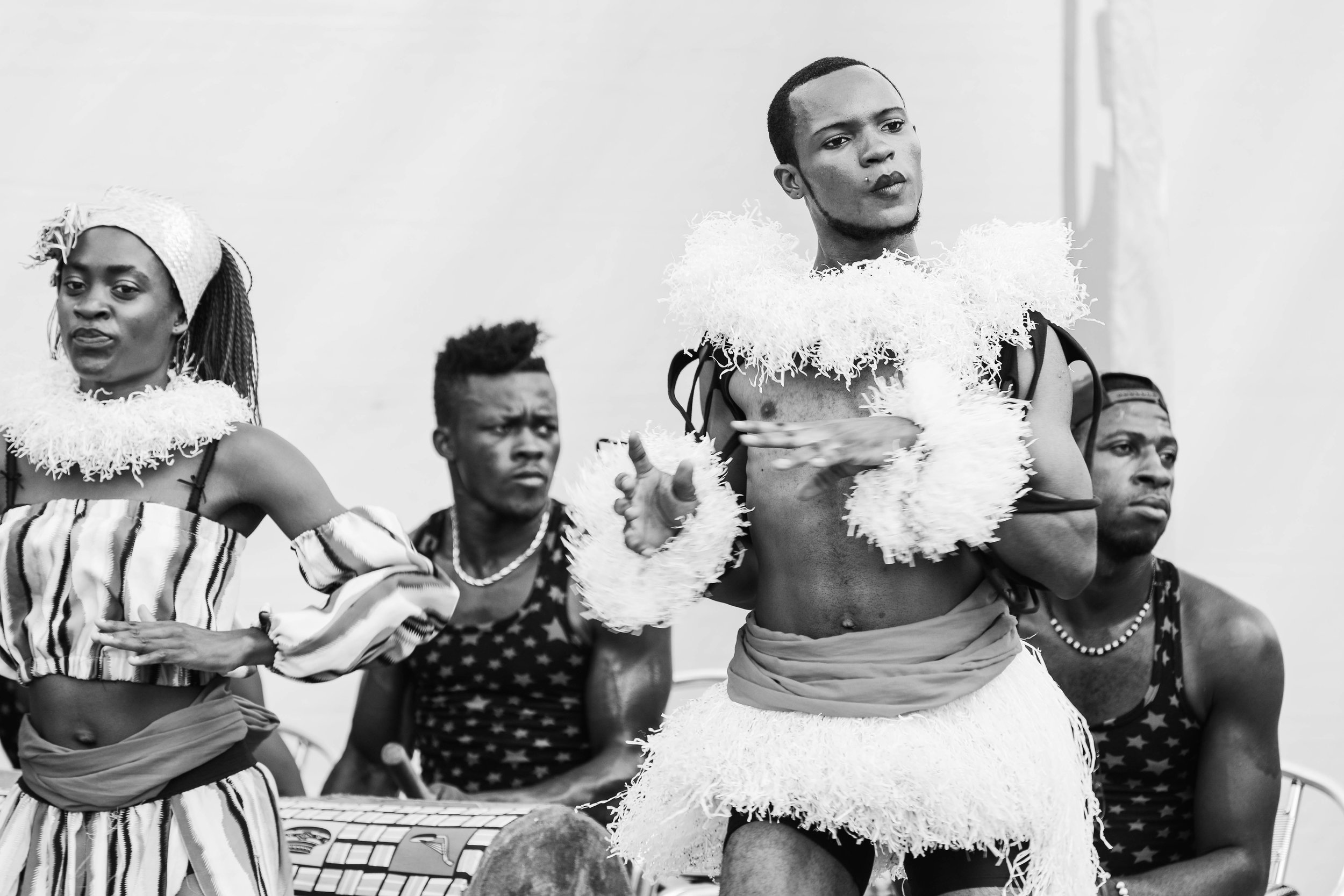
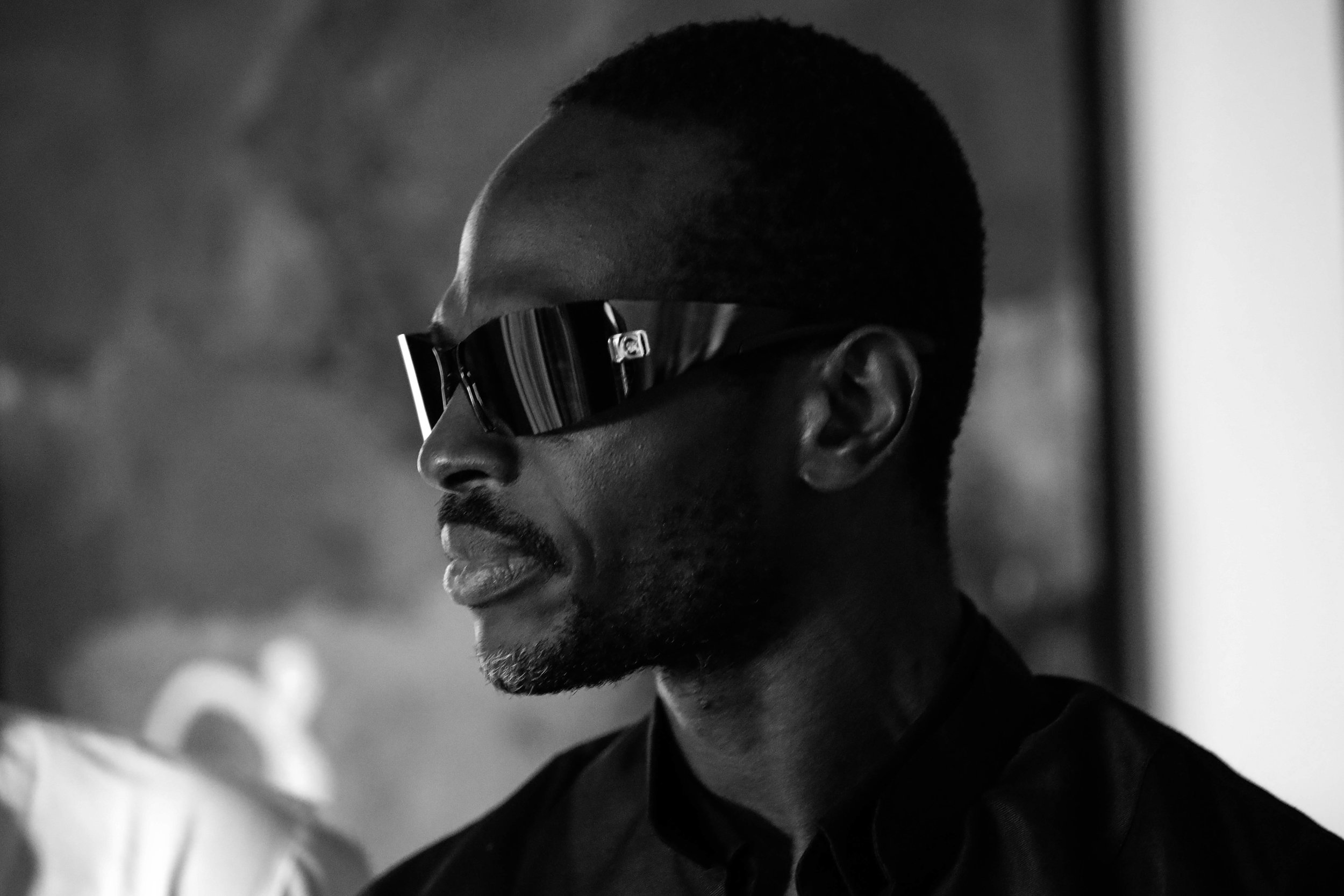
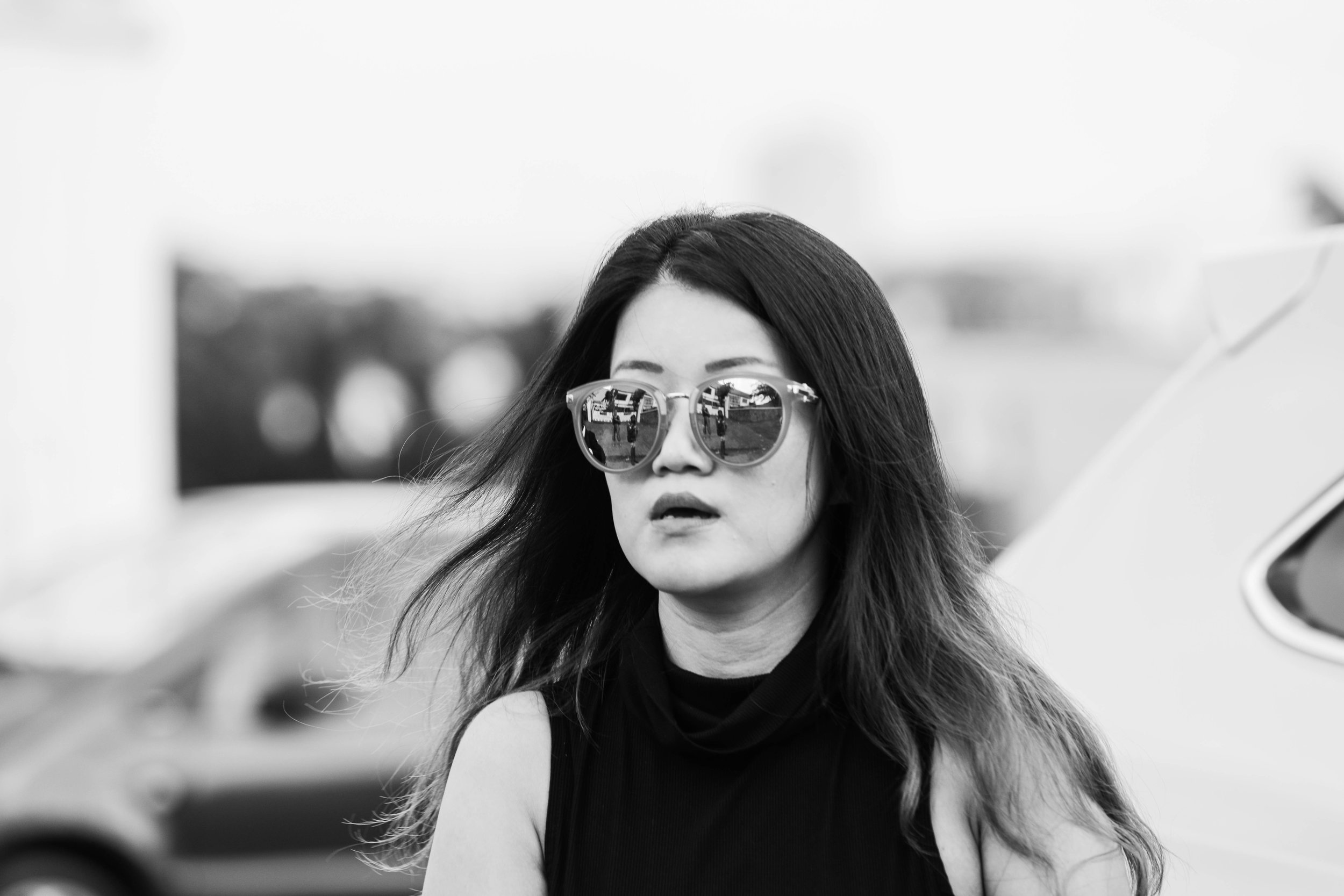

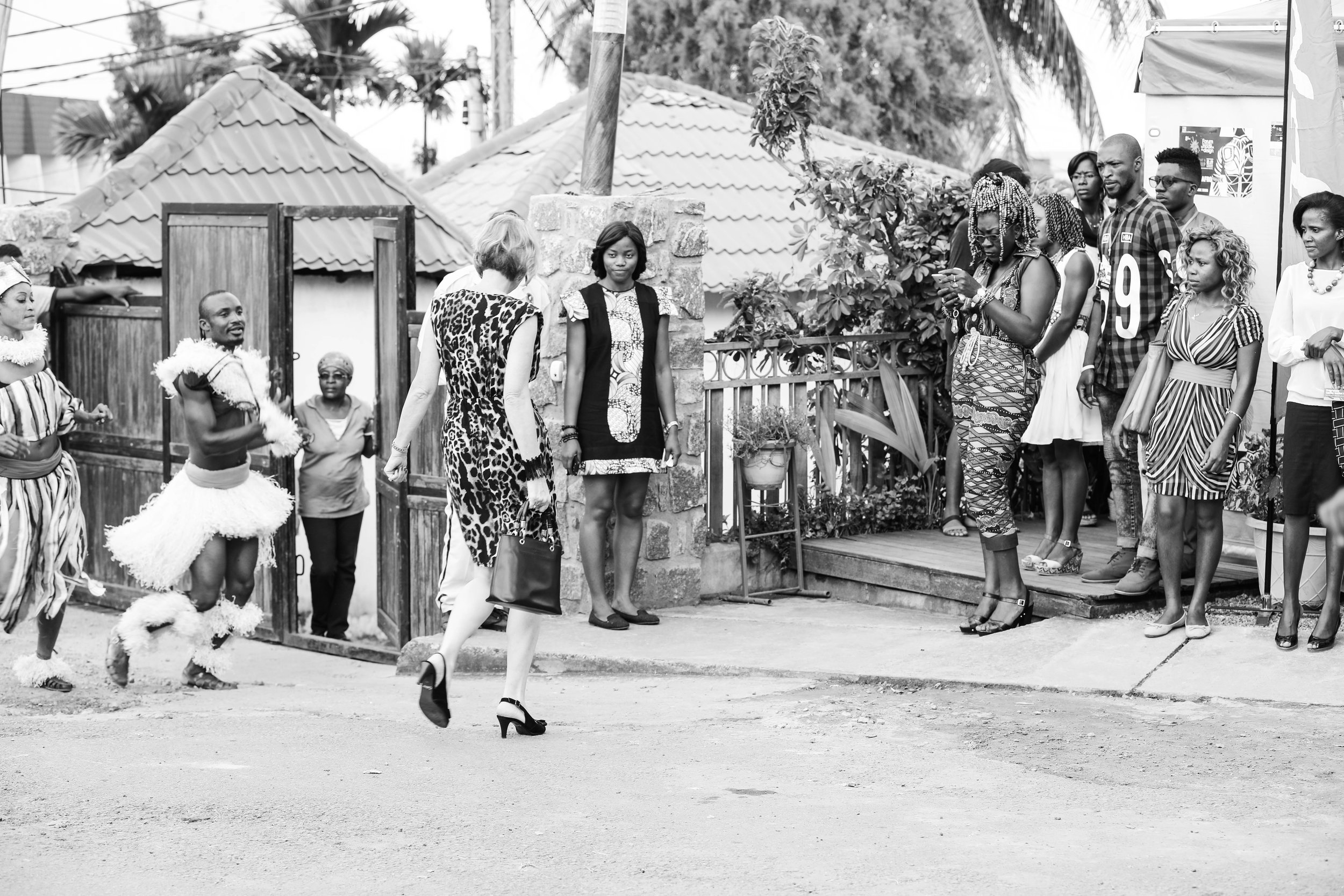
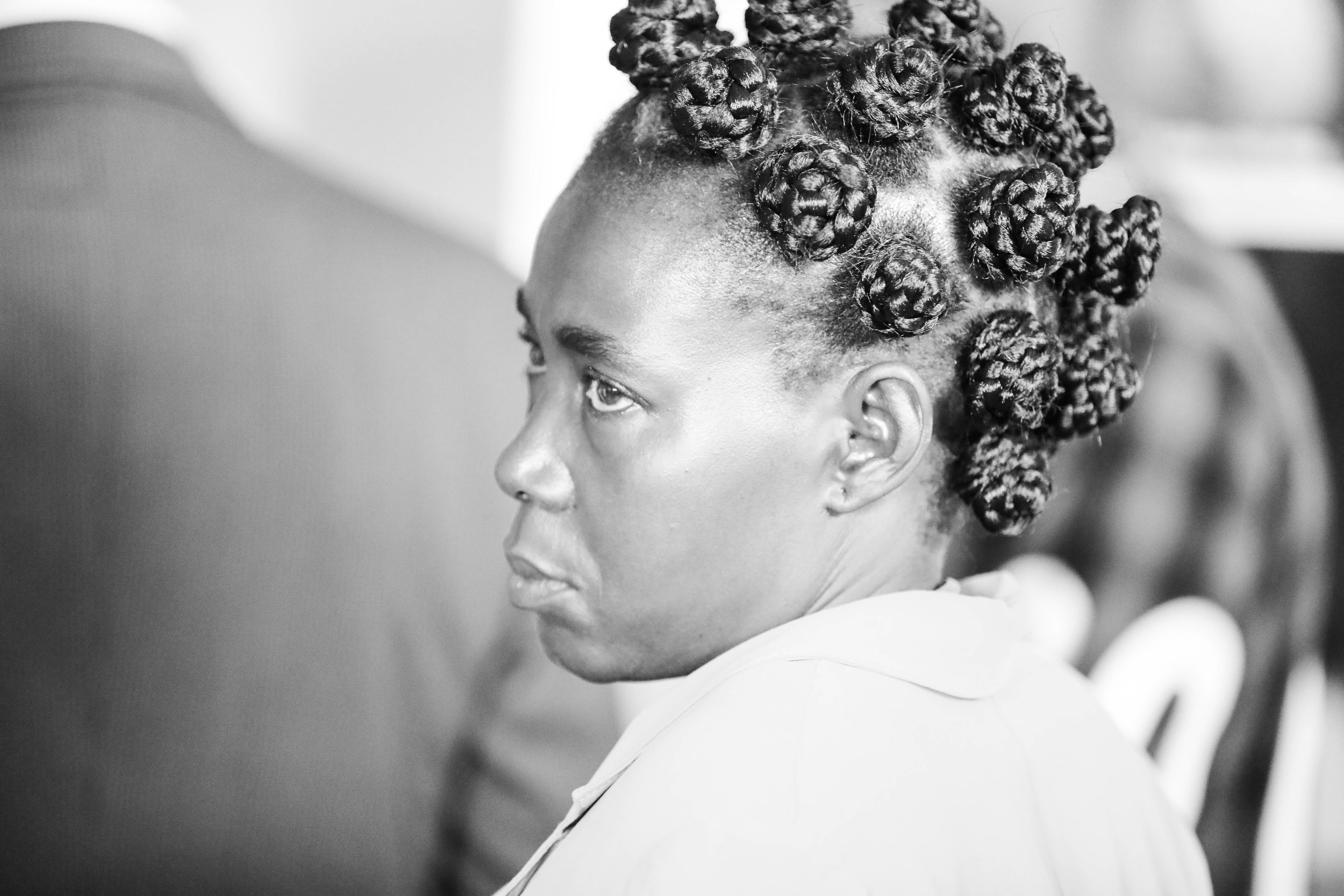
The official opening hosts local authorities and creatives as well as the diplomatic community.
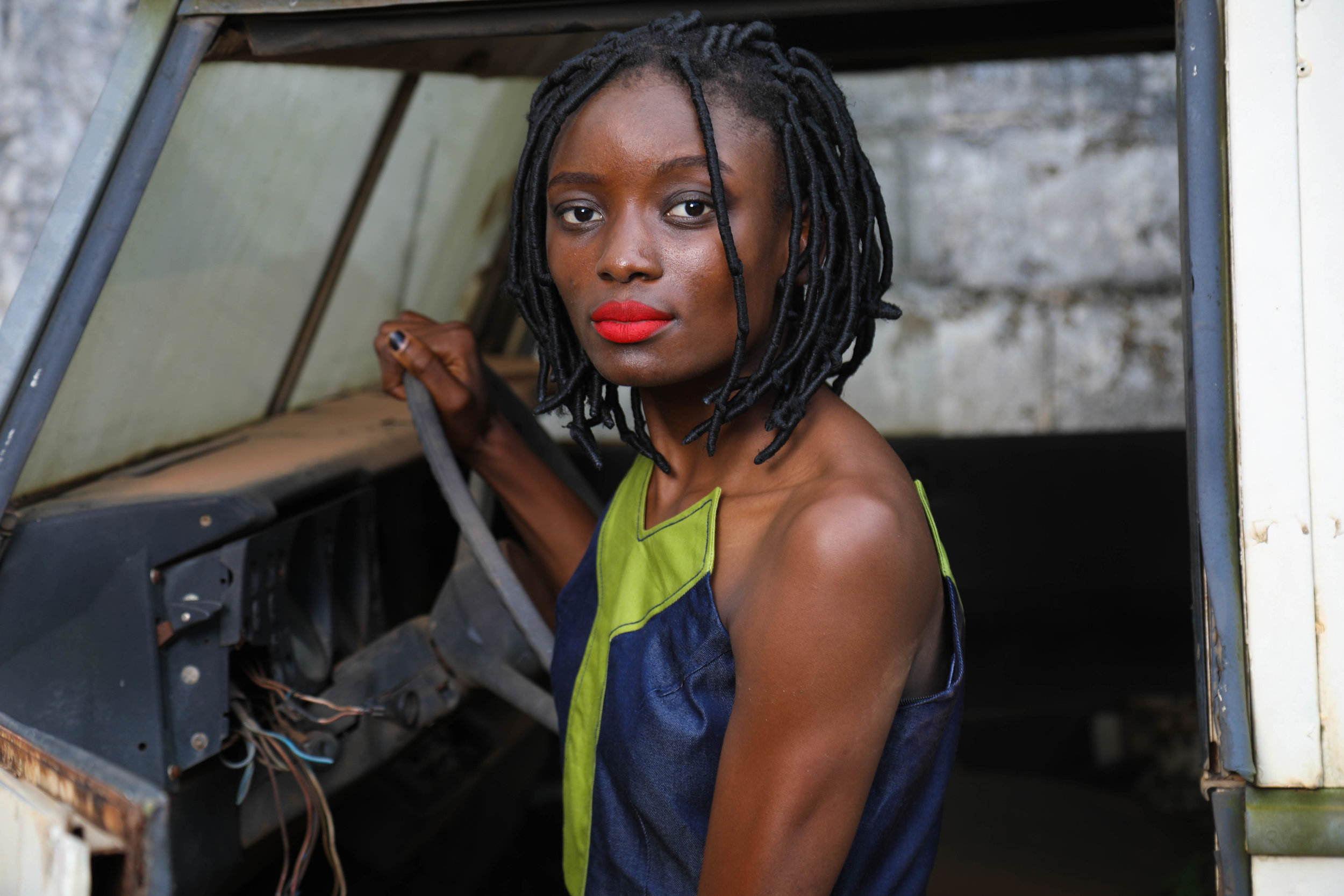

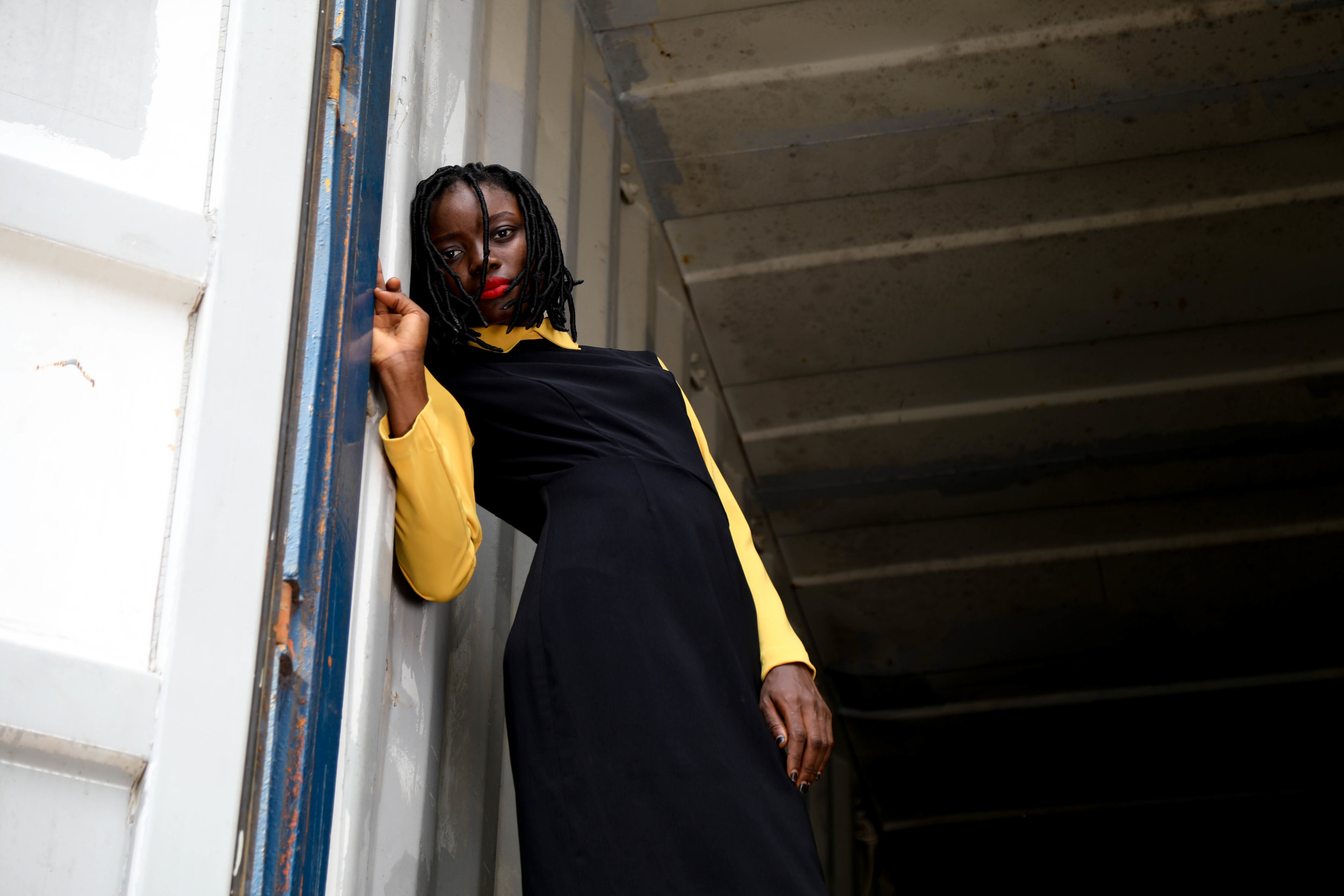
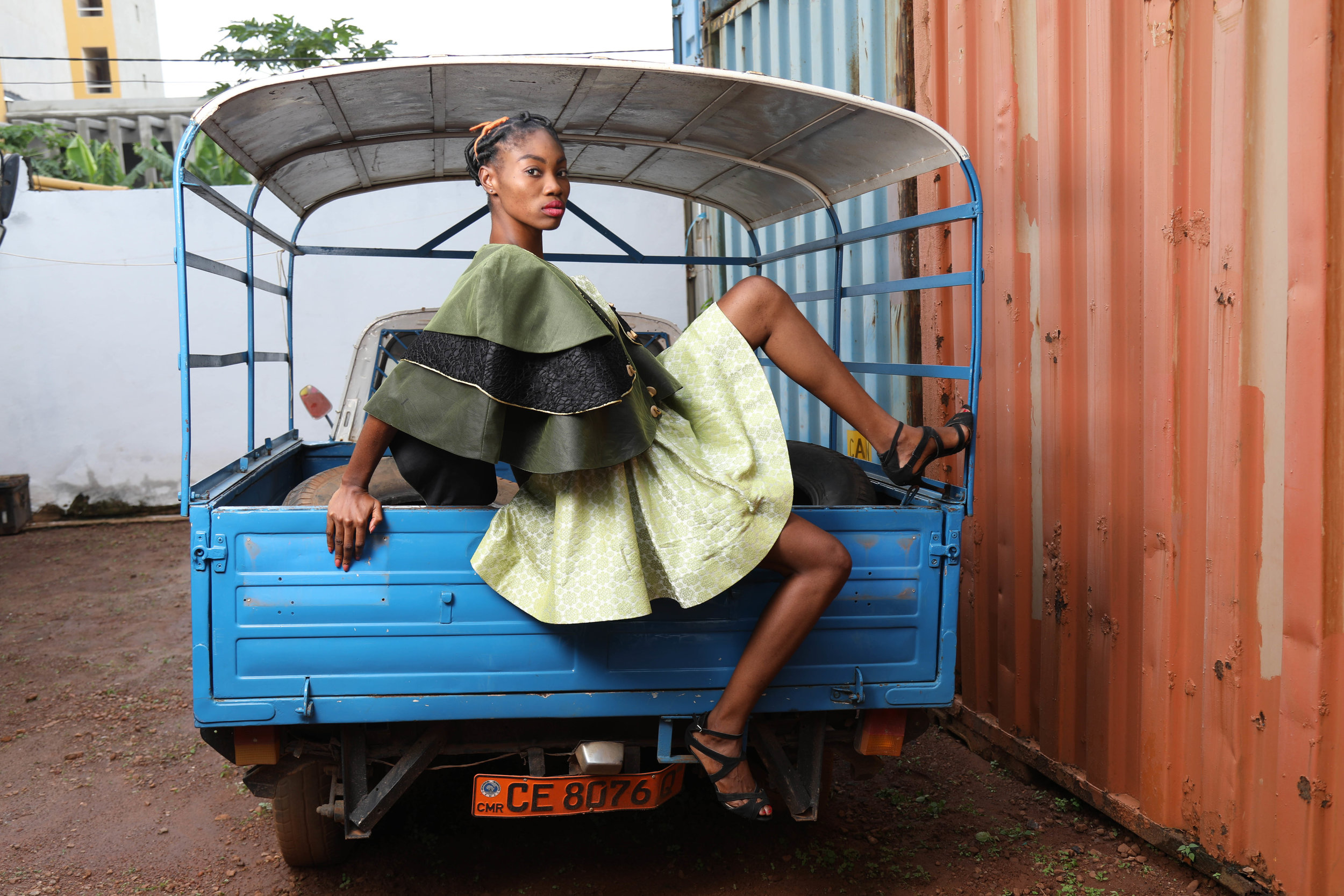

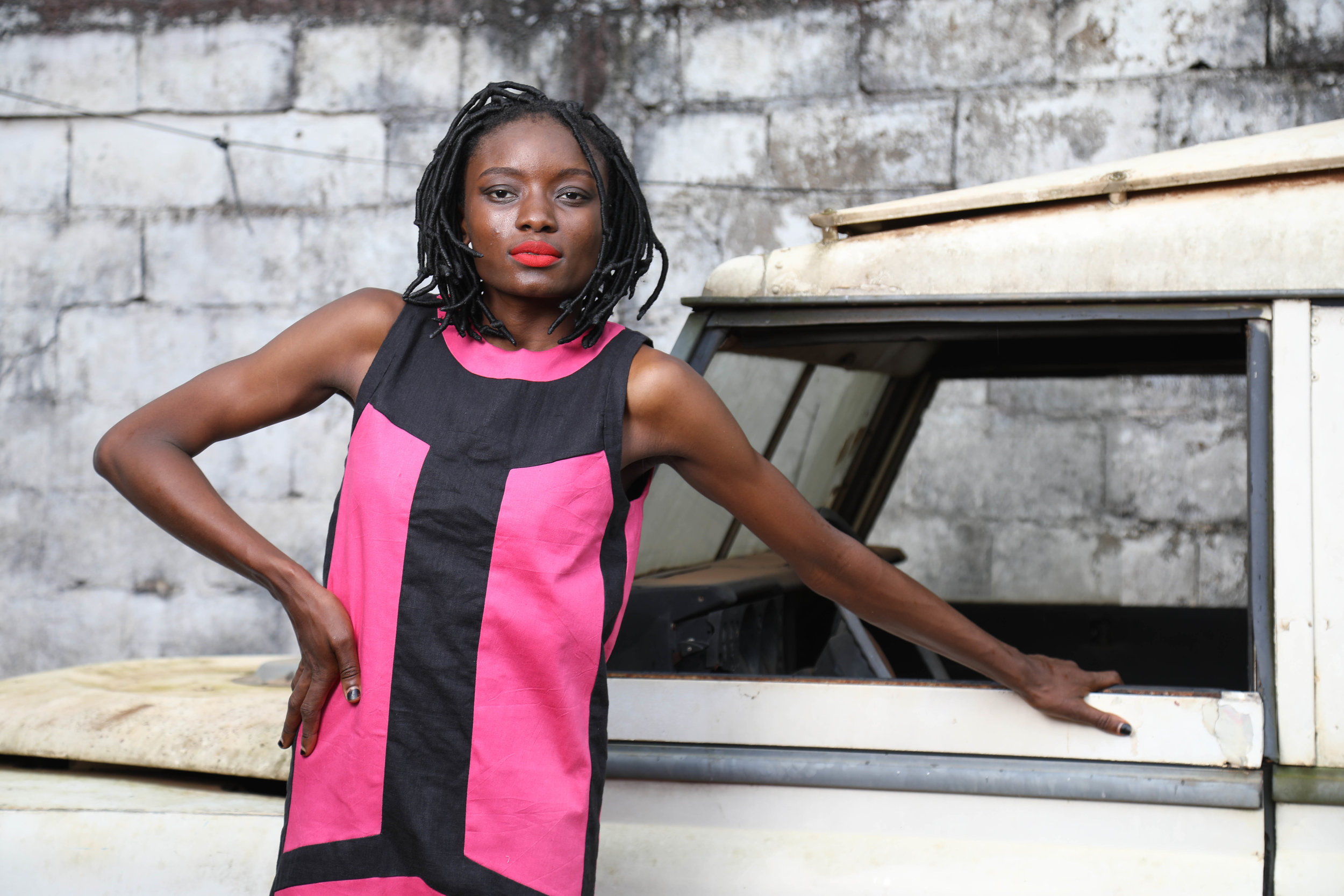


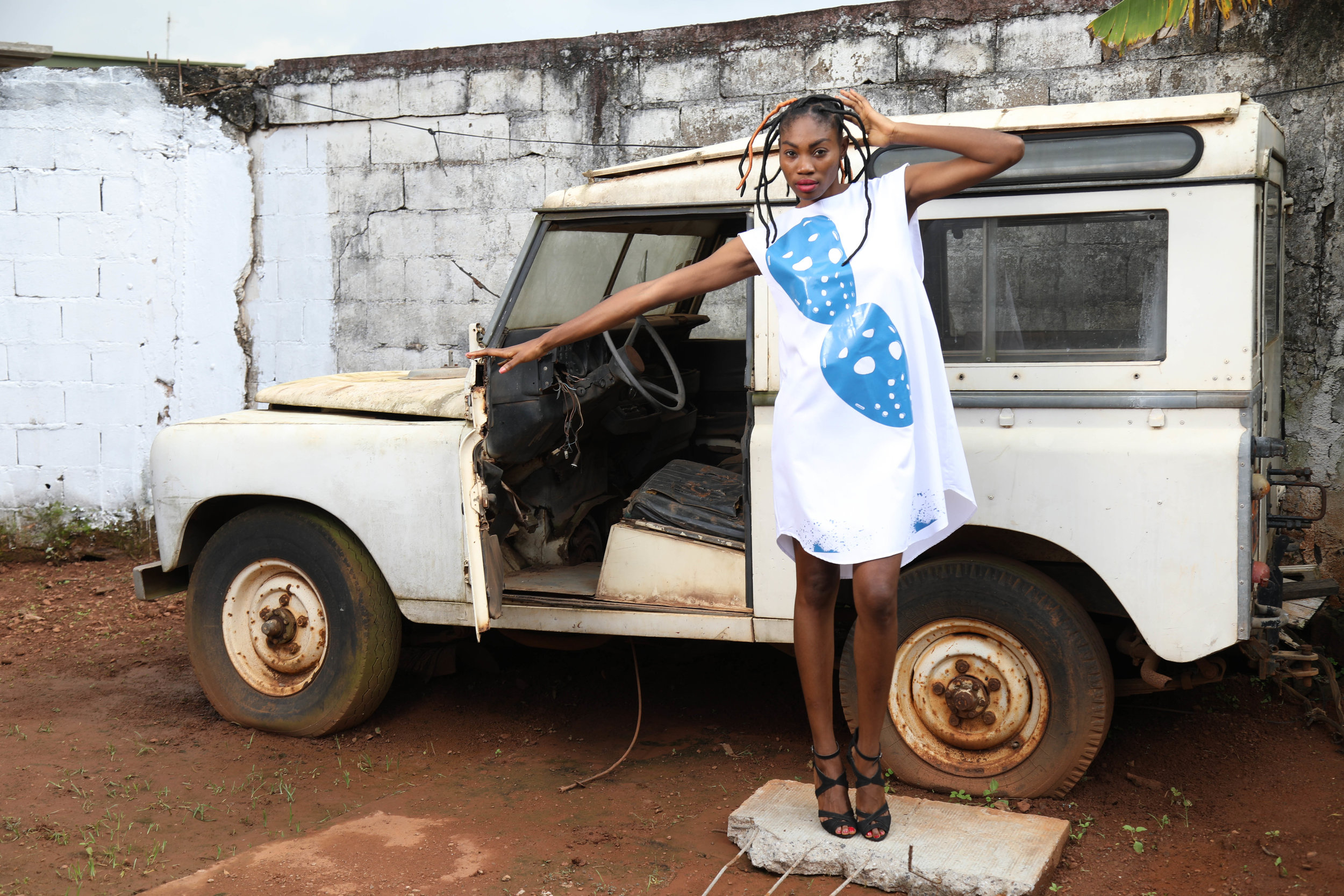
A shoot at a container park in Yaounde with some pieces of the collections created by the winning two young promising fashion designers BRUNO ARBOUZAM and BENEDICTE YELEZA who will spent 2 weeks in the fall respectively in Germany and France to further honing their skills and collaborate with professionals in the industry abroad.
Backstage. Getting ready for the big show.

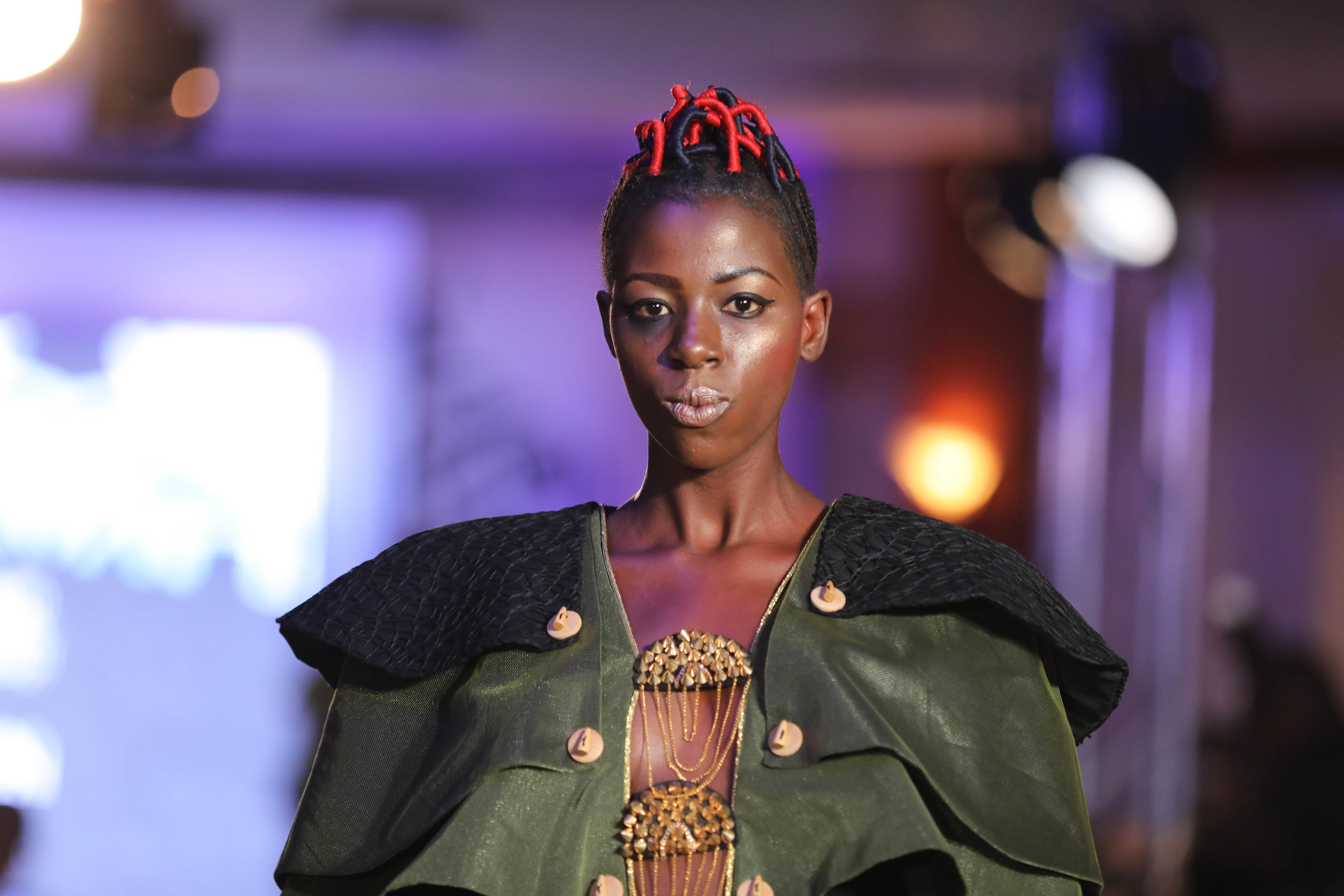
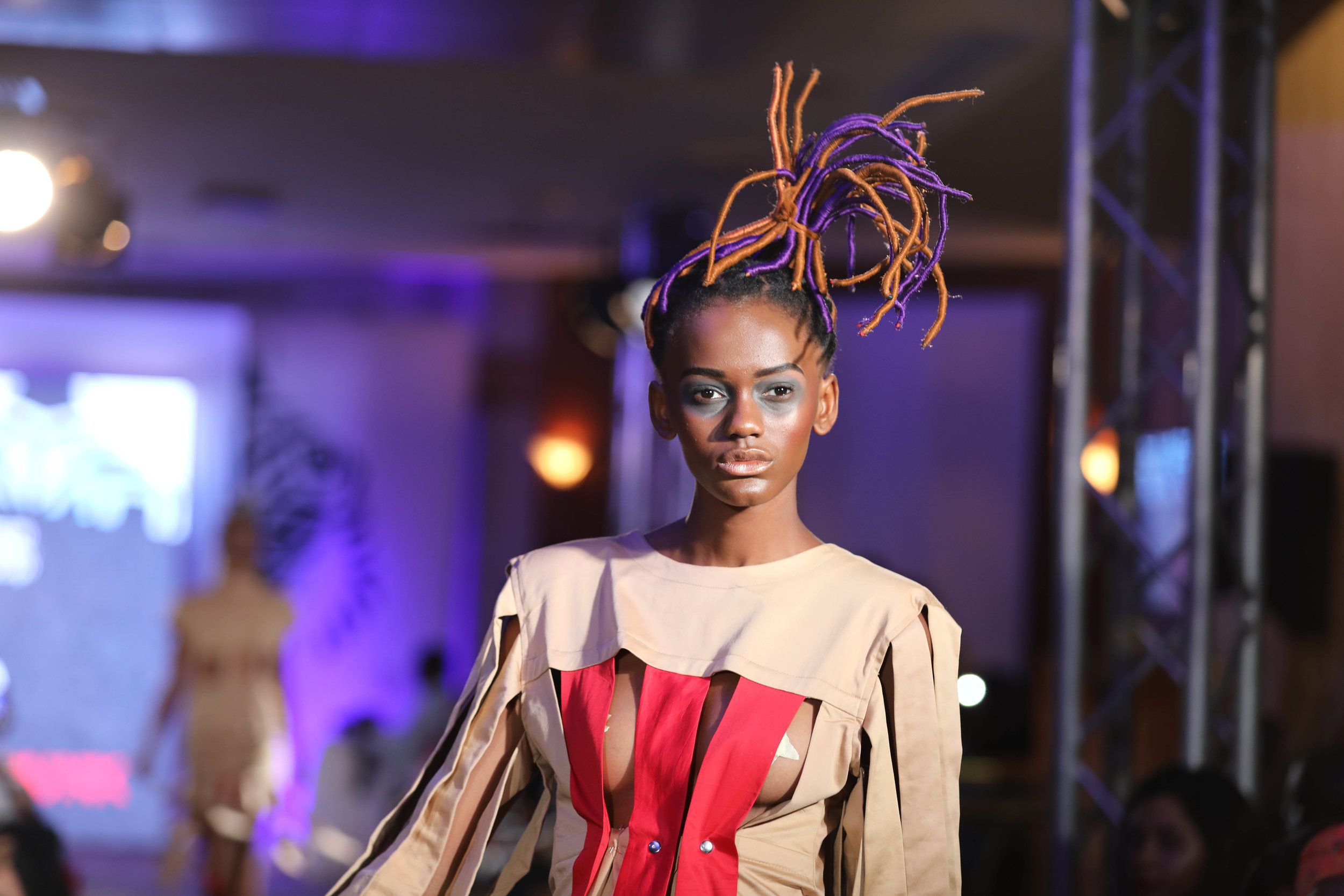
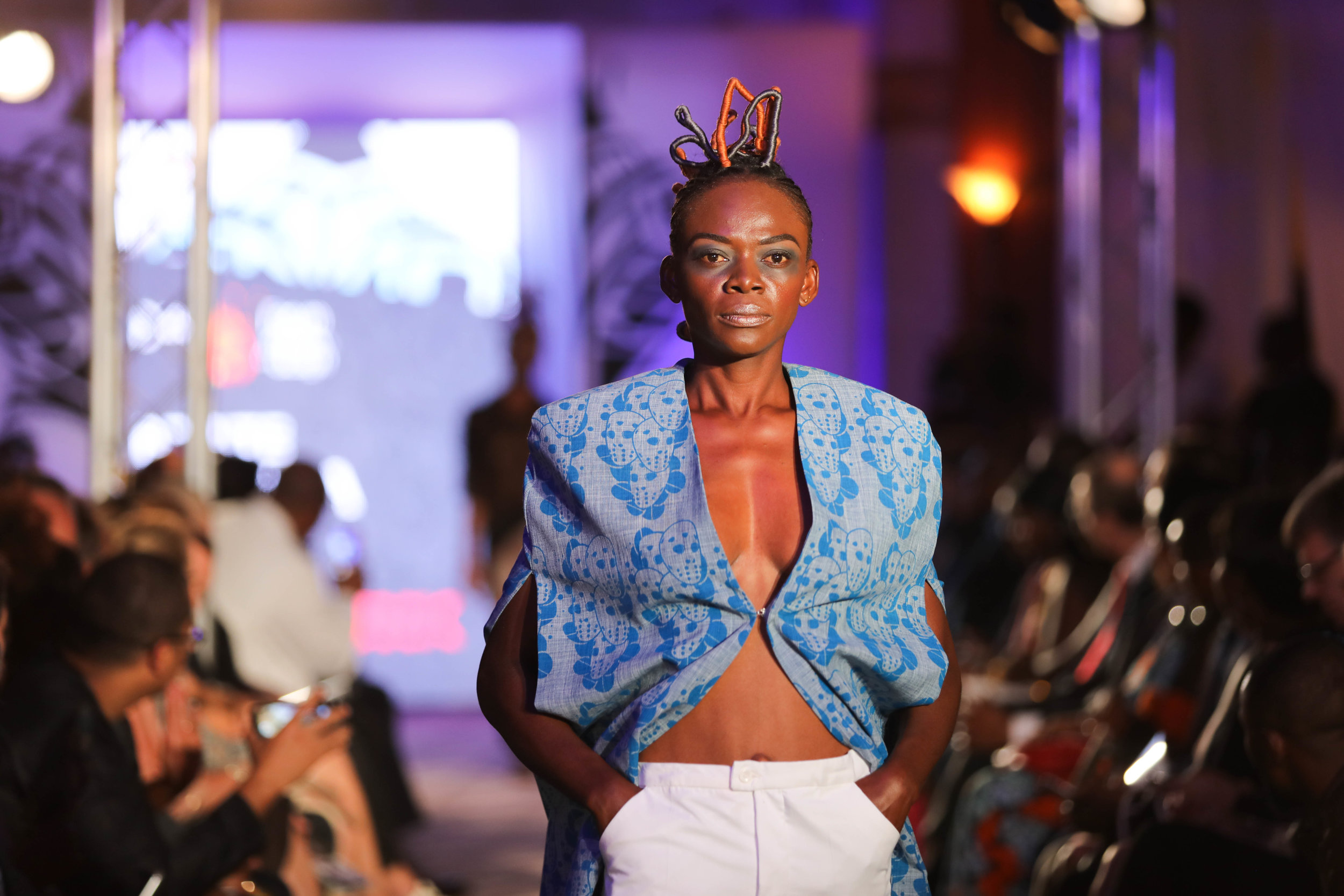
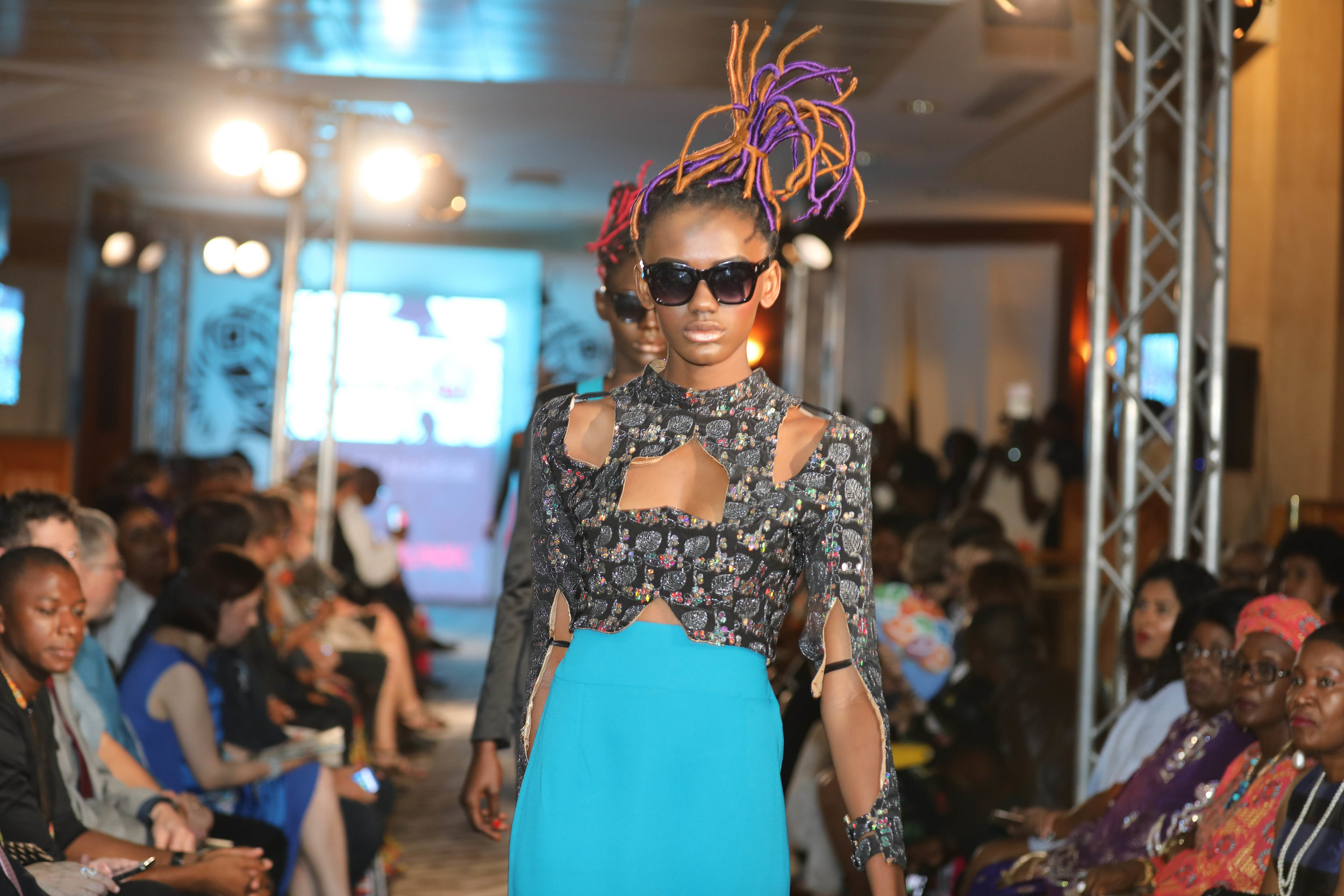
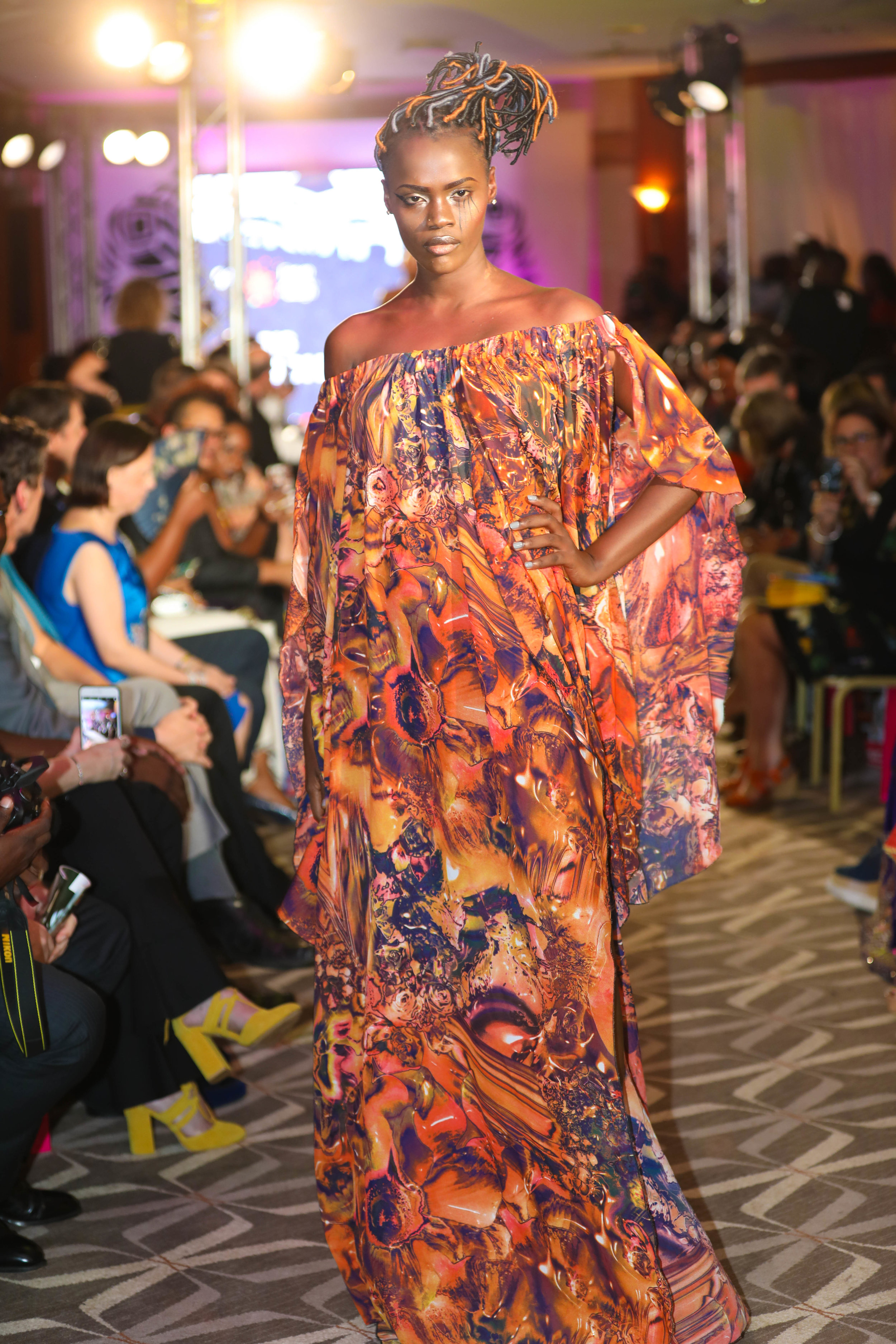
This year's final show was hosted at the Hilton Hotel. It was a showcase of all the different designers and their collections who went through a year long program at the CCMC as well as a few designers from abroad.
Larissa is sixteen years old and the only girl who has been selected as part of the team of students who will be representing their country, Cameroon, in a robotics competition held in July in Washington DC organized by FIRST GLOBAL.
She resides with her mother, two sisters, three brothers and two nephews in her uncle's house in the suburbs of Cameroon's capital, Yaounde.
Larissa gets up every night at 3am to revise for school till 5am. She has been the best student in her grade for years.
Before heading off to school she helps her mom prepare breakfast and mop the floors, taking care of the chicken which her mother smokes and sells at the local market in order to provide for the family and afford school tuition.
Larissa dreams of a career in electrical engineering where she can use her knowledge and passion for innovation to help advance her country. Thanks to FIRST GLOBAL who invited her to compete at the competition she is a tiny step closer to this dream as she will be exposed to so much new things.
Larissa walks about 5 km each and every morning to get to school, which is at times difficult during the rainy season. Occasionally when the family can afford it, she takes a cab ride.
In the Obili neighborhood in Yaoundé, capital of Cameroon, there is a catholic nun who takes care of 34 orphans.
The situation these children are living in is borderline human. Rather than focusing on the misery they are living in, I focused on the beauty of these children, by creating powerful portraits. I believe we can attract attention and engagement by showing beauty so much better than yet more shocking images.
If you'd like to help improve the livinig conditions of these children, send me an email, any amount is welcomed.
Meet Mama Mawusi. She is part of a group of ten Mamas running the Seaweed Center cooperative in Paje - Zanzibar's east coast region. With the seaweed farming she earns four times as much the average local salary and provides for her family of four.
The Mamas go out daily to the seaweed planation during low tide and harvests the seaweed after about 2 months. Mama Mawusi comes from a long family tradition of seaweed farming as everyone else in the cooperative.
While seaweed is Zanzibar's second largest export, most of the time it's used in the kitchen. However at the Seaweed Center the seaweed is used for high-end beauty products which are sold both, locally and internationally.
The Mamas dry the seaweed and grind it. The dried seaweed gets mixed with spices and some local scents and finally gets transformed into soaps, scrubs and other organic beauty products.
Another Mama cuts, stamps and packages the soaps. Just last week an order from NYC was received which will keep the Mamas busy for a while: it's an order of 17.000 soaps!
Not only are the Mamas making a decent salary and are able to provide for their families and send their children to school, they also have shares in the company and benefit directly from the sales.
My three wonderful daughters happen to come with different colors of hair, eyes and skin. In our family we celebrate the beauty of diversity as a power which unites us. This seems the most natural thing in the world and this conviction is what I also incorporate into my work: at the core of my work it’s all about the uniqueness, beauty and dignity of each and every individual. In my minimalistic photography I avoid anything which could possibly distract from the pure SELF. The mission of my brand “MLE EMPOWERING APPAREL” is to encourage people to be their true authentic self and think outside the box, follow their dreams and proclaim proudly what they stand for. Last but not least my social impact projects are driven exclusively by the inviolable dignity of every human being, regardless of nationality, skin color, sexual orientation or religion.
One would think that this would be obvious 60 years after the end of the “Third Reich” in Europe, marked by its racial ideology, 40 years after the civil rights movement in the States and more than 20 years after the abolition of Apartheid in South Africa. But in reality we’re living in a world in which attacks on minorities, hate speeches against foreigners, discrimination against women, and closed borders to refugees seem to have reached a new and sad height.
But thank God that’s not all: at the same time it seems like the desire for peace, the outcry for justice and the celebration of diversity is so loud and powerful that it’s hard to ignore.
Yes. There is a Donald Trump, who carries shamelessly racist and sexist, human despising messages into the world. But at the same time he has inspired musicians, actors, politicians, scientists and everyday people to stand up and raise their voices. The blogger Catherine Tidd even thanked him, as she never experienced as many discussions around racism and sexism with family and friends, as she did now, thanks to his candidacy. Probably our society needs phenomena like Trump, to debate and finally evolve from and move over the absurdity of racism and sexism and the discrimination of minorities. I don’t know. But I do know that the African children I was blessed to work with artistically during these past few months in Yaounde, Cameroon, certainly don’t need a Trump. For them, labels of skin colors and races simply don’t exist. For these kids the message which Prince Ea is distributing over the social media by reaching 15 million people and which has been shared almost 500.000 times, is obvious:
They speak about the black, the brown, and the white with no assumption of superiority one over another. When I ask these kids why human beings come in different skin colors, I get the most surprising and creative answers. The most astonishing answer I got was from a five year old: on her self portrait she colored her face with all the colors of the rainbow. When I asked her why she had chosen those colors she replied with a big smile: “Because I am all those colors”.
Sometimes I think we just have to remind ourselves of what we had known very well as children: that we’re not only unique individuals, the same as anybody around us, regardless of the color of our skin, but even more that we carry all the colors of the rainbow inside of us. This would make some of the recent debates obsolete. Anyone still in doubt should be easily convinced by this video, in which prominent scientists provide the evidence to back my students up:
https://www.youtube.com/watch?v=Fw7FhU-G1_Q
For the second leg of our family trip to Thailand, we chose to do Community Based Tourism, or CBT. The local NGO and social enterprise Andaman Discoveries arranged for us to stay with a family in the tiny village of Ban Kalae Nok, a muslim community of fishermen on the Andaman coast of Southern Thailand.
This home-stay afforded us the opportunity to live for a few days in the house of Heehm, his wife, their beautiful two children, a dozen goats, 3 or 4 roosters and numerous chicken. We loved it!
Ban Kalae Nok was swept away by the 2002 tsunami which hit badly that part of Thailand. Forty-eight people died, including a number of children who were attending school when the deadly wave struck.
The village has since been rebuilt a couple of km downstream of a protective mangrove forest. With the help of the social enterprises such as Andaman Discoveries, several different projects were launched to help the villagers rebuild their economy after the disaster, including home stay tourism.
We helped weave roof palettes out of palm leaves which will be sold for 8 thai bat at the local market. We learned that you can make about 100 of these palettes in a day, so doing the math a day might bring about 800 bat ($20).
The children had great fun to learn and practice the Thai language with the son of our host family, Farid.
We participated in the villages’ organic soap production, this handcrafted soap is later sold to hotels in Phuket, and generates a little income for the 30 women in the cooperative of widows.
A beautiful Thai BBQ was organized at the beach at night and one thing is clear: we have so much more in common than we are different.
When I first heard Black Violin's music it was as if something was falling into place, as if something suddenly clicked. Everything just resonated with me. I call it the “Black Violin Effect”. It always comes over me when I listen to their music, and when I met them a few days ago in Paris, I was just blown away. Not only was I tremendously lucky to experience them live during their concert and talk and laugh with them backstage, but I was also honored to capture the magic of their music and presence in images. (see all images HERE)
Now, do you guys want to know what the magic of their music and presence means to me?
Imagine you’re in a public parking lot. Or an elevator. Or at a highway gas station. And now imagine next to you is a 6 ft 2, 260-pound black guy with a tattoo on his arm, gold chain around his neck and a baseball cap on his head.
Now, what are you thinking?
Probably something like: “Oh, that might be a very talented, classical violinist, who, when he was still in diapers was more focused on practicing his violin than on playing basketball with his friends”.
So? Am I right? Or were you guys thinking something else?
Well. There it is: the “Black Violin Effect” ;-)
It shatters all stereotypes, contradicts all expectations, breaks with all clichés. Because: The duo that is Black Violin, Kev and Wil, brings together hip hop and classical music, concepts that our society does not naturally associate together, and creates something incredibly authentic, extremely harmonic and completely NEW.
And that’s exactly what resonates so deeply within me.
The message which I receive through their music is the same message I’m spreading. Whether I’m doing so as a photographer, a visual storyteller, a mom of my girls or as a social entrepreneur, the message is this: think outside the box and be your unique self.
Because what happens then is not only wonderful, but also empowering. Not only for yourself but also for the world.
You don’t believe me? Then have a look at the guys from Black Violin, Kev and Wil. They are proof. And the fact that they love my t-shirts is blowing me away as much as the “Black Violin Effect”.
Check out Black Violin's STEREOTYPE video HERE.
In addition to my services in VISUAL STORYTELLING, PHOTOGRAPHY and SOCIAL IMPACT DESIGN I just launched MLE Empowering Apparel (www.mleempoweringapparel.com), a line of garments which is designed to empower YOU to show the world who YOU really are. In addition, 10% of each garment's profit help to EMPOWER a women entrepreneur in Africa to create/grow a sustainable business thru Microfinance. No donation, pure EMPOWERMENT! Here is the story behind my new brand's name:
ON RUSH HOURS, FOGGY BRAINS AND MAGIC BREAKS
It was one of those rainy, foggy fall days in DC. In my head I had that same rush-hour-chaos as on those streets around me. My thoughts were on a sort of rollercoaster in my brain and got jammed always on those same intersections. Why?
Because I needed a solution for this idea I had been obsessing over: I wanted – no, actually – I NEEDED to find an answer to the following question:
What was required to combine my two biggest passions - aesthetics and the social cause? How could I carry such a simple, but powerful message into the world? How could I inspire people to be their authentic selves and live up to their full potential?
That wasn’t clear at all on this foggy rush-hour morning.
But something was clear: if something could be helpful for this thought-jam, it was surely a comforting Latte at my favorite coffee place.
For years I’ve been celebrating breaks from life here as well as celebrating life itself. I love the atmosphere in which depending on your mood, you can immerse yourself in your work or have small talks, as you’d always find someone from the hood hanging around. I love the delicious smell of freshly brewed coffee, which you start smelling as soon as you set foot in the coffee shop, which even for the most foggy rush-hour-headed person, is a welcoming break.
But it didn't work on that specific day.
The noise and hectic atmosphere was the last thing my brain could tolerate, and the long line was the last thing I could afford to add to my already more than busy schedule. I was about to give up and turn around when there was a sudden pull ahead in the line. I checked my watch nervously, hesitated for a moment and made a deal with myself: if, within 2 minutes, it wasn't my turn, I’d leave. Promised.
Destiny was on my side: shortly after, the kind latino barista handed me the obligatory plastic cup, on which he had scribbled with the obligatory Sharpie, my obligatory name.
And all of a sudden it was there, the break.
Completely different than expected: all at once everything went quiet in me and around me. No fog. No rush hour. No noise. It was love at first sight. No, not with the barista (even though he had a nice smile), but with the three letters which he had written on my cup: MLE.
That’s how he understood my name. Or how he abbreviated it. Or how he perceived it. Whatever: those three letters were a gift. They were a feeling of joy and a sign. Suddenly I knew that this new MLE was part of my new ME.
The ME, who would combine my two passions – aesthetics and the social cause.
The ME, who would carry a simple but powerful message out into the world.
The ME, who would inspire people to be authentic and live their life to its fullest.
HOW I’d go about it wasn't clear right in that moment. It was only clear that I’d do it. It was the birthdate of my new brand, MLE. The birth wasn't accompanied with trumpets, but with a magic break. A moment of silence, which made the fog evaporate and the traffic jam in my brain disappear completely.
A few hours after landing in Lesvos, at the volunteer-run Pikpa refugee camp near Mitilini’s airport, we met some children who stay there with their families and started playing with them. Children need so little to invent games and be happy: security, the comfort of a family, nutritious food.
Unfortunately, as I quickly learned, aside for a handful of kids in Pikpa the children of Lesvos refugees have none of the basic necessities of life mentioned above. I just learned that yesterday night (October 22) two babies died just outside the Moria camp, dehydrated and starved, while waiting in the 2km line with their exhausted parents and thousands of others who just arrived. Surely at least those deaths can be prevented.
When I was planning my story, I thought I would end my Visual Storytelling Campaign with a message of HOPE. Hope as in the faces of the beautiful couple above, as they wait to board the ferry to Athens from Lesvos.
Today, after what I have seen and read, I know that too many of the refugees’ journeys will end up in tragedy. And those who will survive will likely bear the scars for the rest of their lives.
Mostly, I am left with questions. How is it possible that these people are left to die in Europe? Why is it that there is no organized response. Where is the EU? I (we all) understand that Europe can't take another 2 million immigrants, but letting them drown and starve is surely no solution either.
The endless number of discarded life vests and deflated dinghies littering the eastern coast of Lesvos speaks volumes of the immensity of the refugees crisis. Considering the numbers of refugees arrived this year, around 400.000 life vests and 8.000 inflatable inflatable dinghies must have been discarded on the islands' shores so far.
There is a joint effort of volunteers and local residents, trying to clean up, but with arrivals of thousands of peoples a day, it us hard to keep up. Upon arrival, the dinghies are stabbed with knives (often to an applause) to make it impossible to be taken to Turkey and re-used by smugglers. The engines are taken to a specific place to be auctioned off later on or, when that does not happen, taken illegally to be sold on the black market.
What does this massive pollution of plastic mean for the ecosystem and environment of this beautiful greek island?
A recycling/repurposing project would be needed.
This Syrian child and his mother await to be allowed to board the ferry to Athens in the port of Mitilini, Lesvos. According to statistics, more than 75% of Syrian refuges are women and children.
Just off the boat, this boy is stripped off his wet clothes and given dry ones and a new diaper by a volunteer.
Children are the most vulnerable of travellers. There are no statistics about child mortality among refugees as they travel to Europe. The two above are among the lucky ones who made it safely to Europe. Others are not so lucky. When boats capsize, they are the first to die. The coast of eastern Lesvos is littered with thousands and thousands of discarded life vests. If those of adults are fake and stuffed with sponge-like material, those worn by kids are pathetic pieces of cheap plastic, originally intended as toys. Many carry infact warnings in English, such as "doesn't prevent drowning" and "not for boating".


